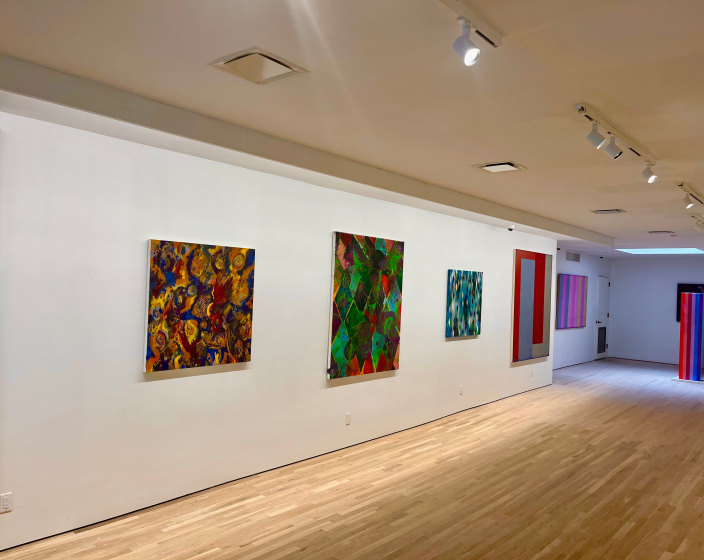

FELRATH HINES
Untitled, 1980s
Watercolor on paper
9 x 12 inches
Estate stamped on the verso

FELRATH HINES
Untitled, 1980s
Watercolor on paper
9 x 12 inches
Estate stamped on the verso
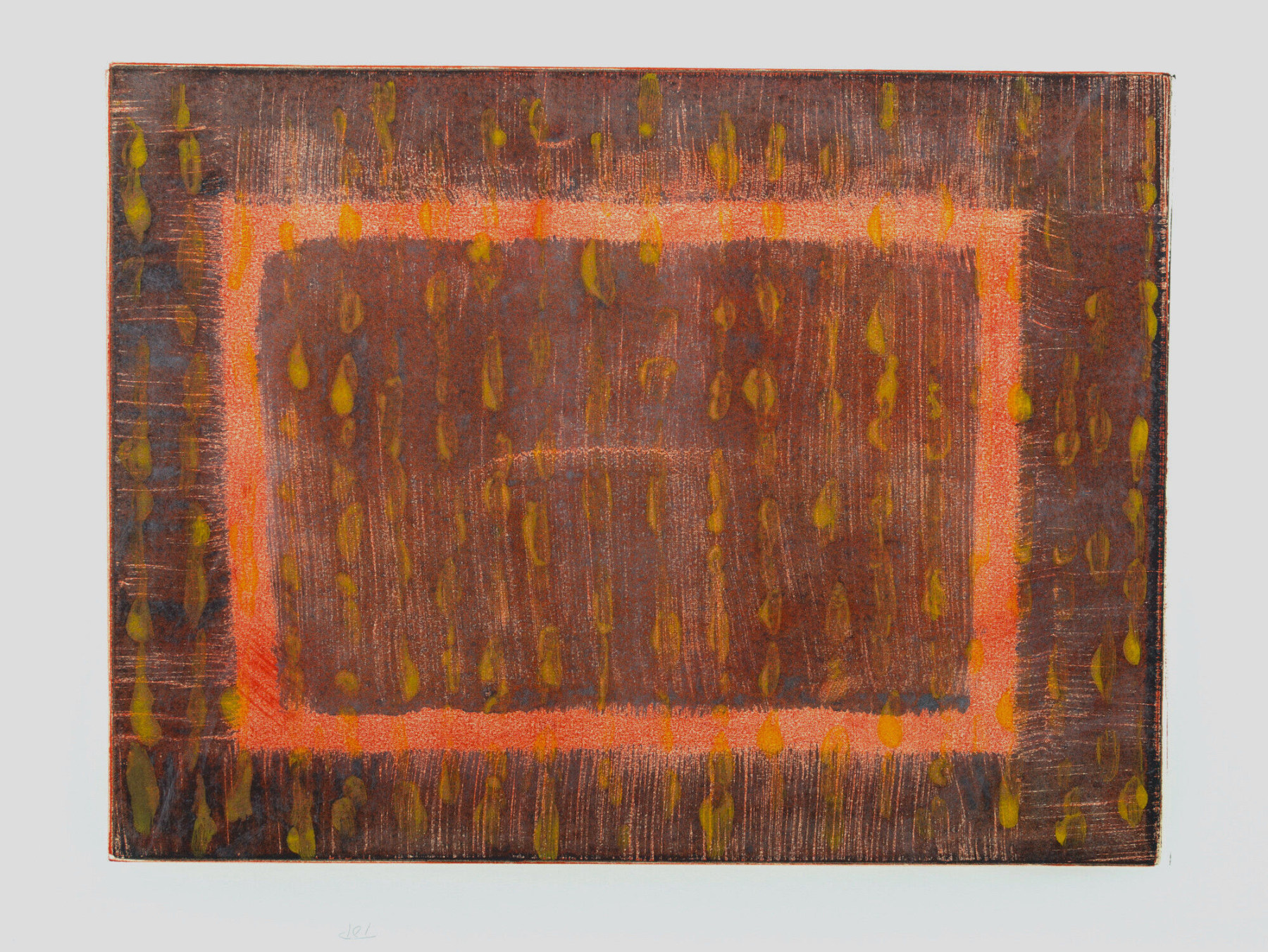
Felrath Hines
Prayer Rug, 1982
Monotype
18 x 24 inches
Estate stamped on the verso
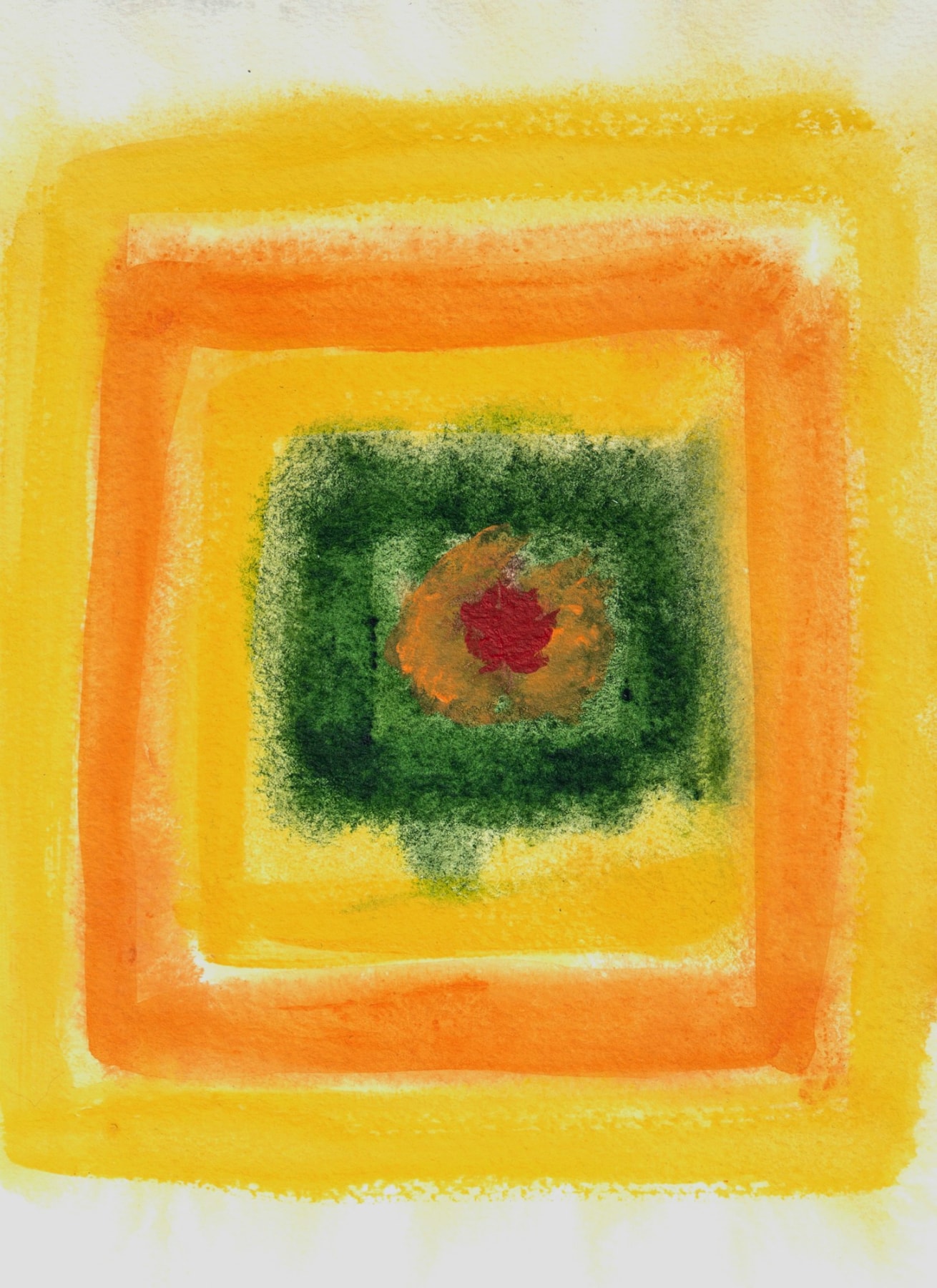
FELRATH HINES
Untitled
Watercolor on paper
7.75 x 5.75 inches
Estate stamped on the verso
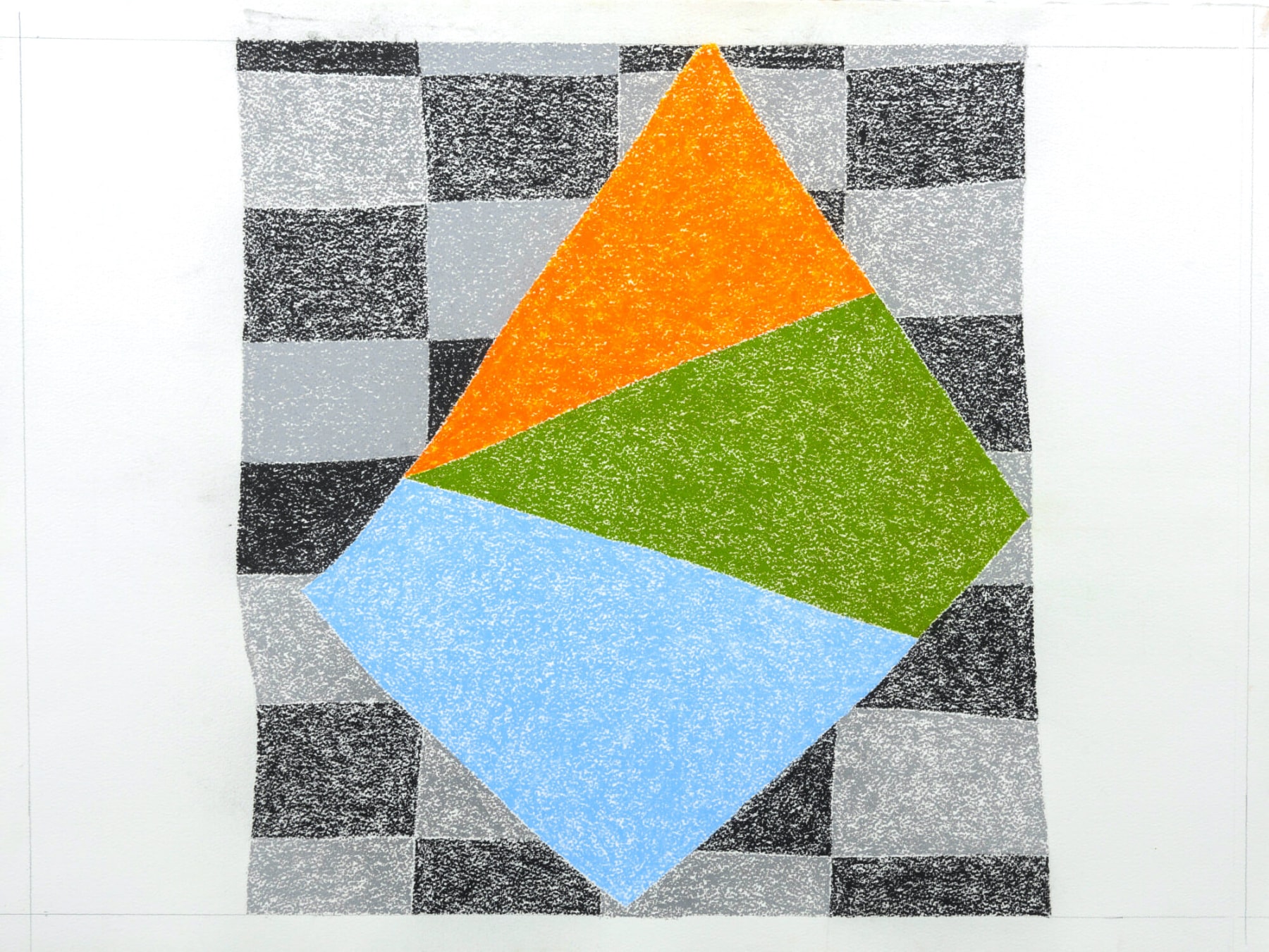
FELRATH HINES
Untitled,
1989 Pastel
30 x 22 inches
Estate stamped on the verso

FELRATH HINES
Untitled, 1982
Monotype
18 x 24 inches
Estate stamped on the verso
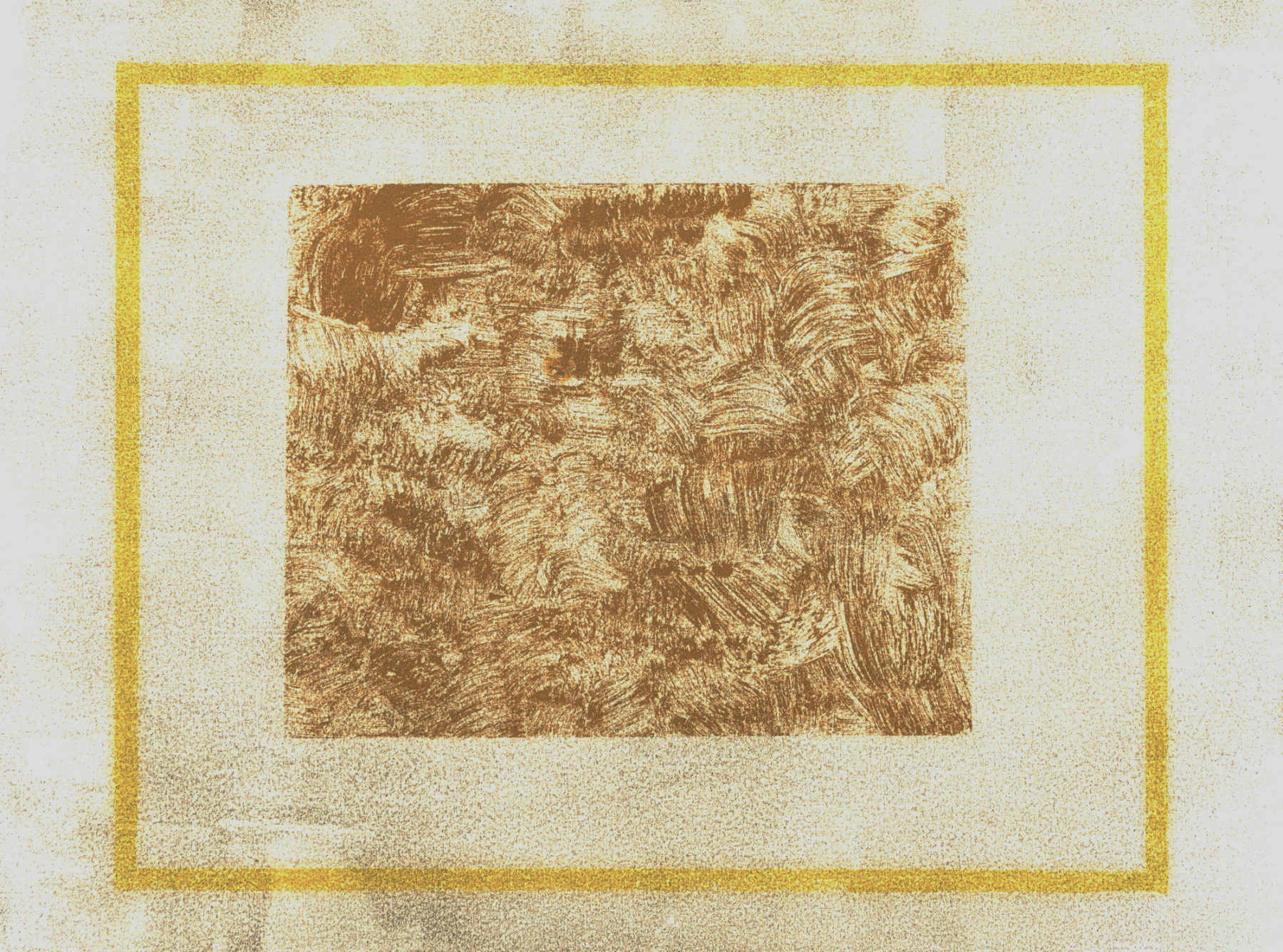
FELRATH HINES
Sepia Image , 1982
Monotype
18 x 24 inches
Estate stamped on the verso
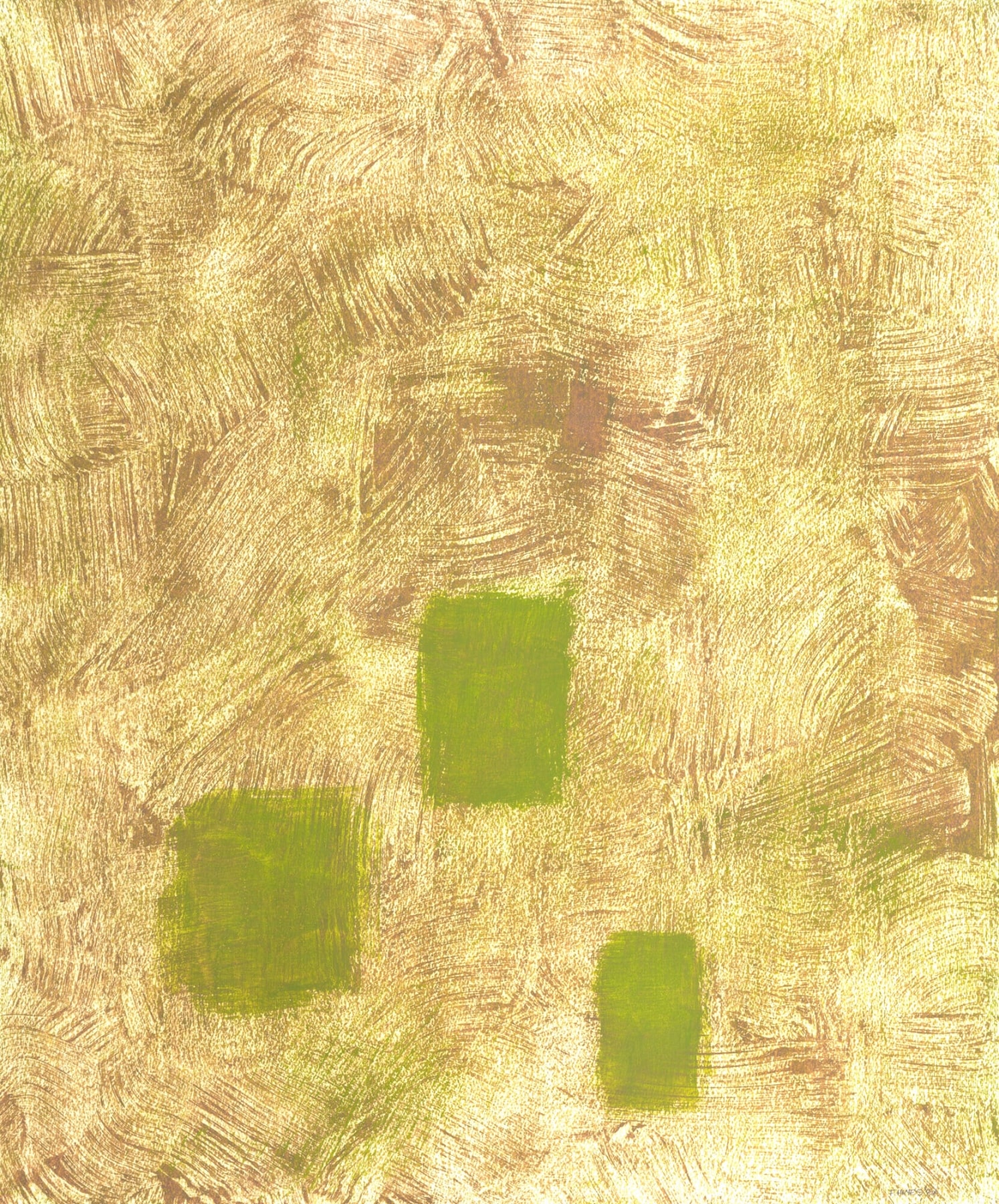
FELRATH HINES
Secrets #3, 1983
24 x 18 inches
Monotype on paper
Estate stamped on the verso
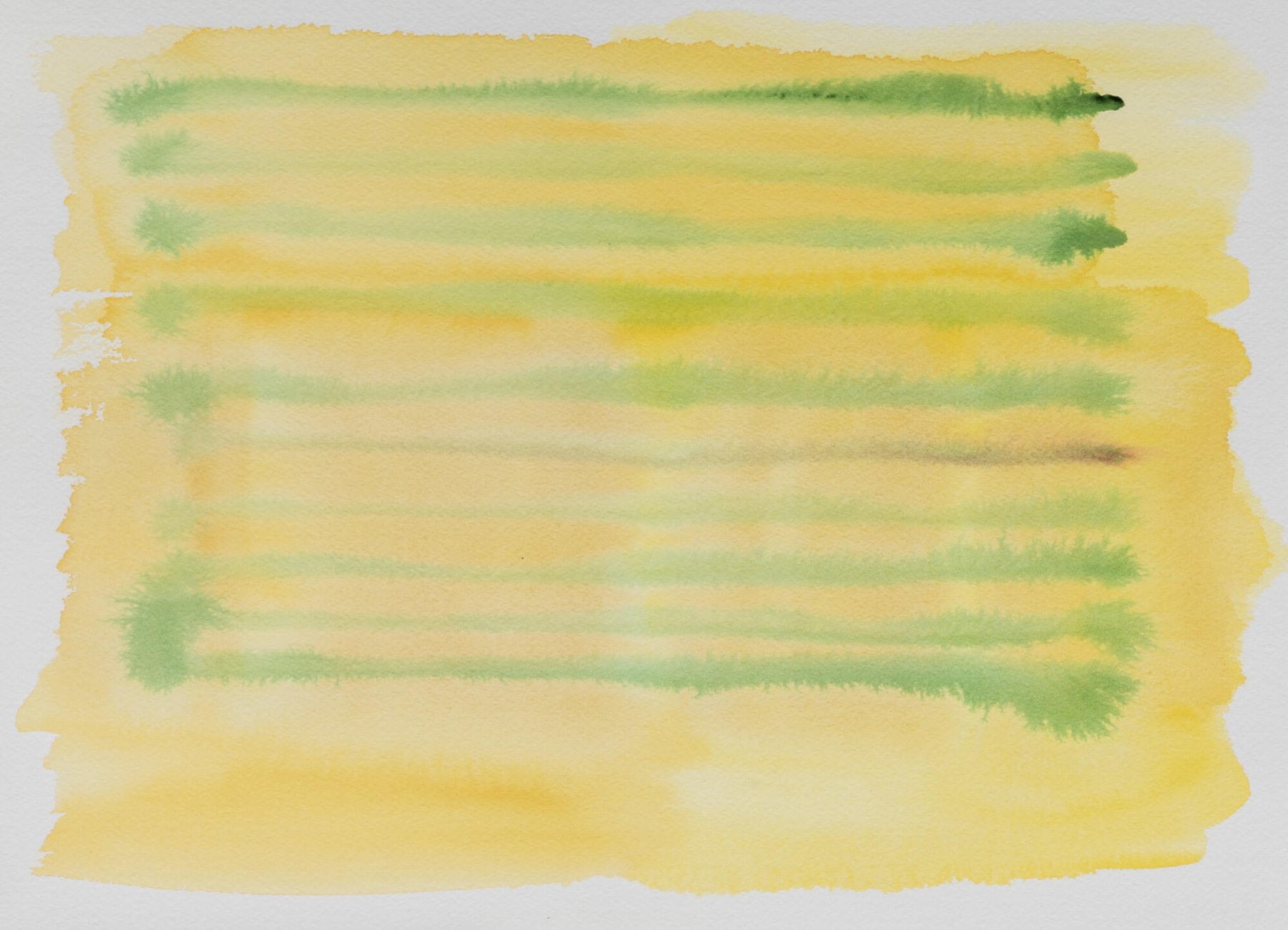
Felrath Hines
Untitled, 1980s
Watercolor on paper
10 x 14.25 inches
Estate stamped on the verso
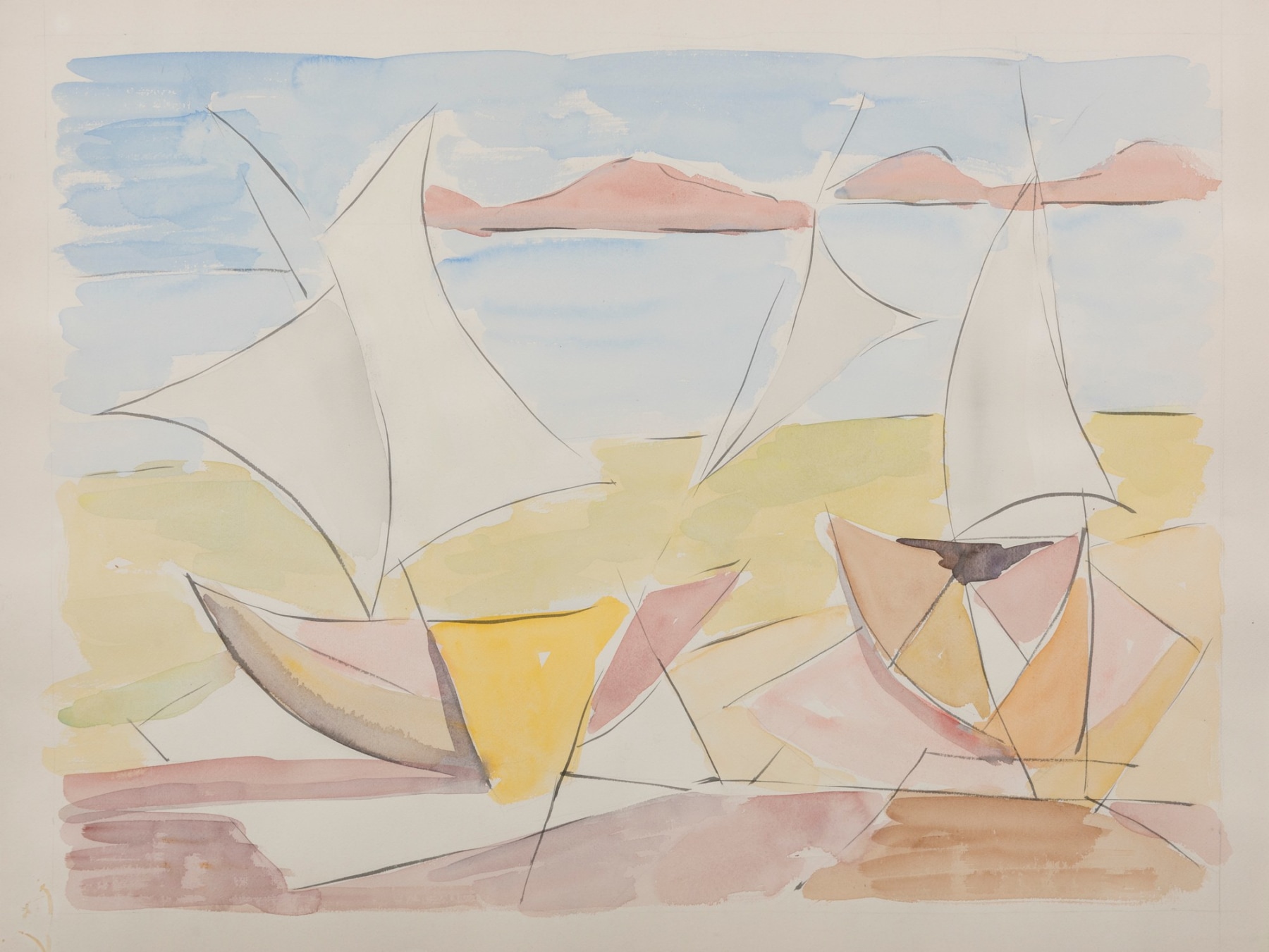
Felrath Hines
Untitled (Boats) , 1952
Watercolor / Ink
20 x 26.5 inches
Estate stamped on the verso
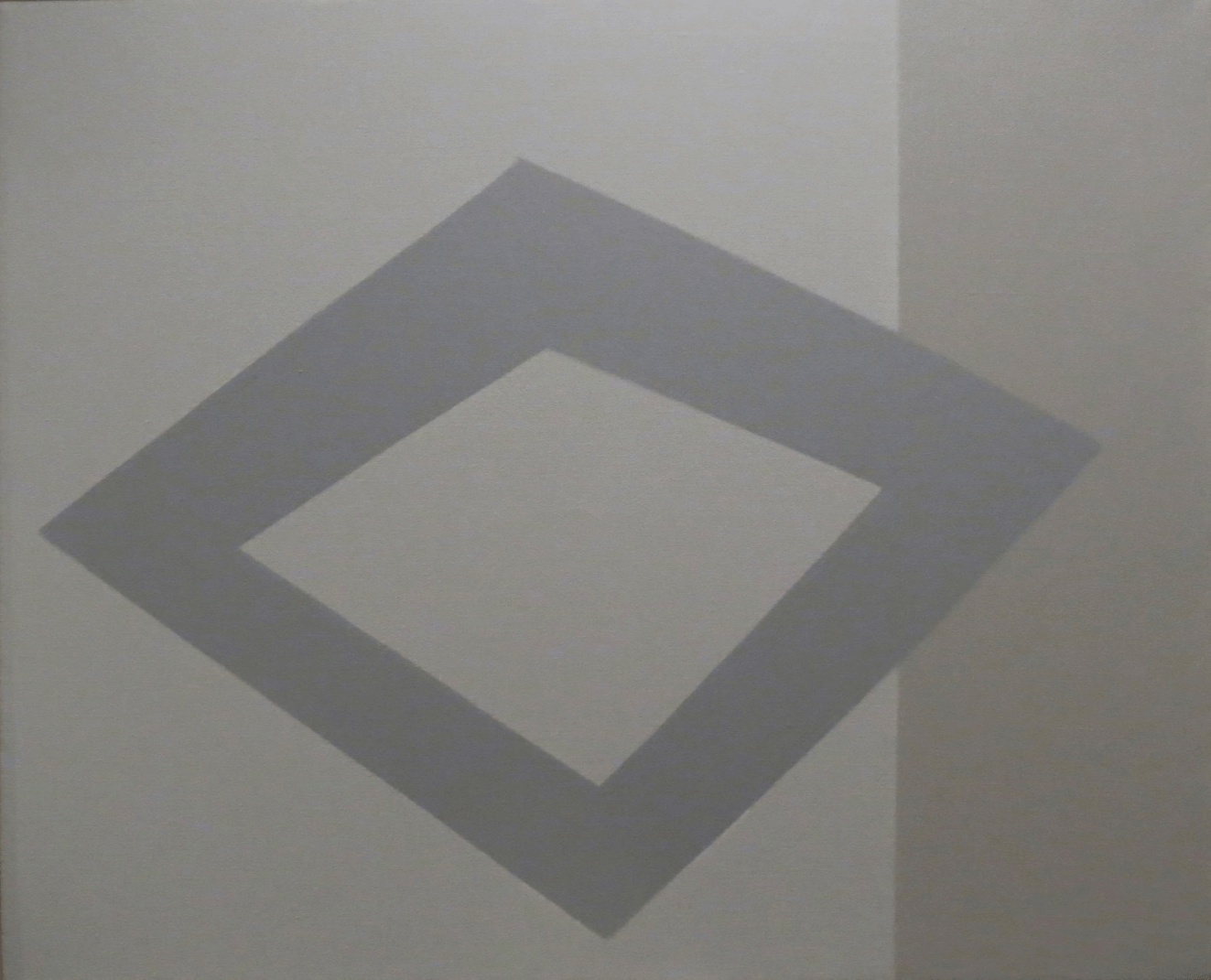
Felrath Hines
Untitled , 1978
Oil on canvas
18 x 22 inches
Signed
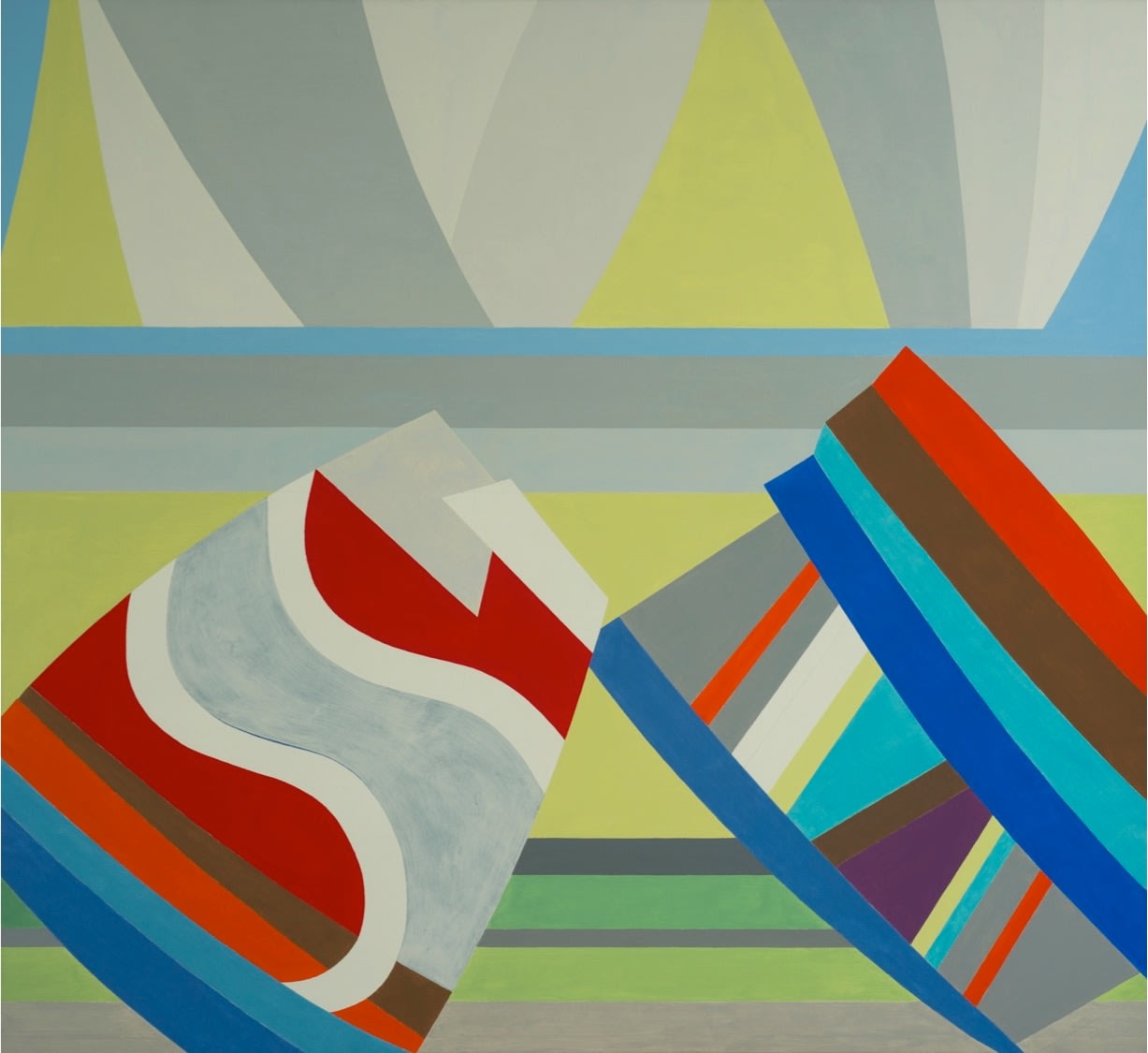
Felrath Hines
Mahler, 1992
Oil on canvas
58 x 64 inches
Signed
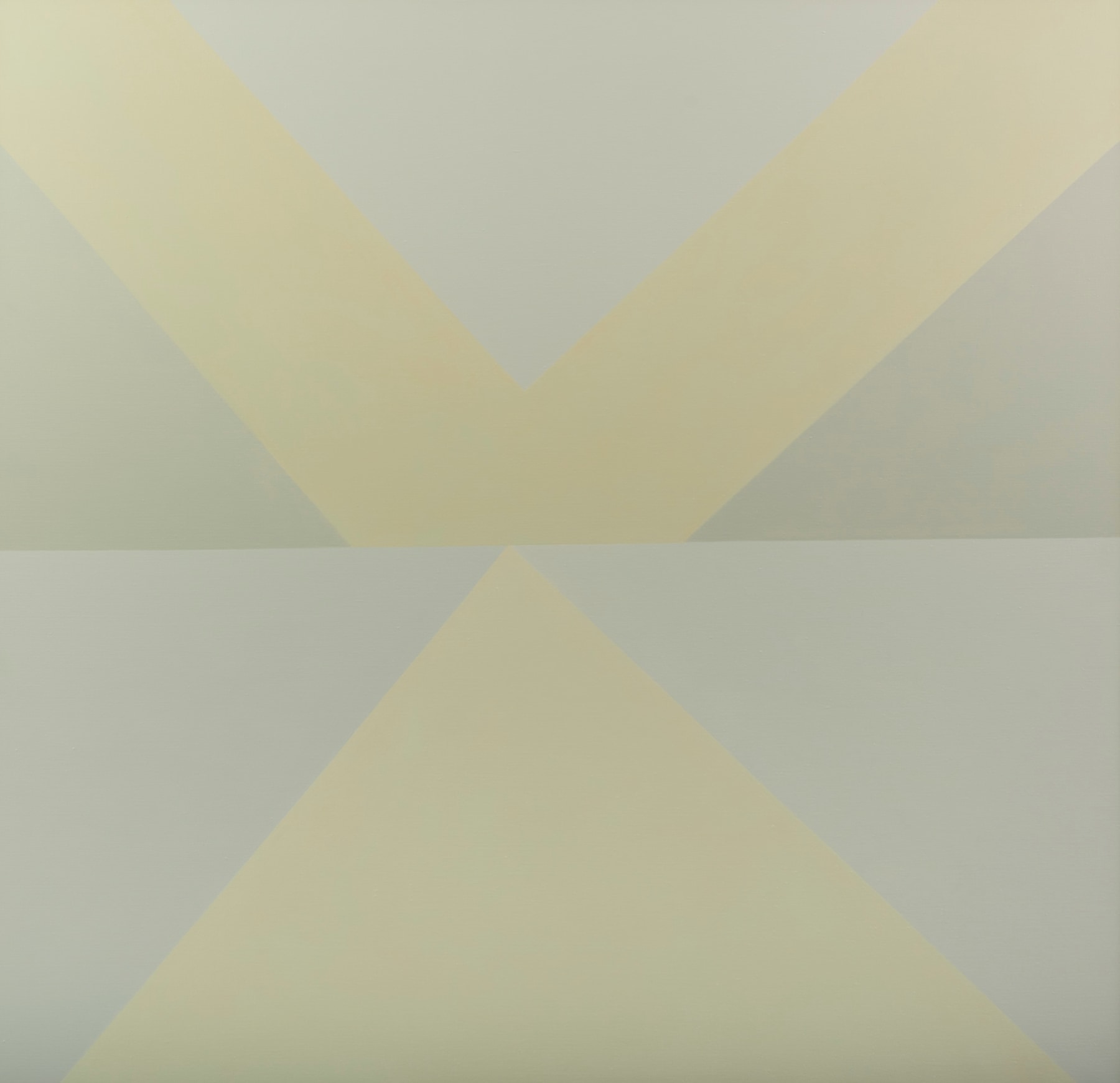
Felrath Hines
Pyramid, 1983
Oil on canvas
48 x 50 inches
Signed
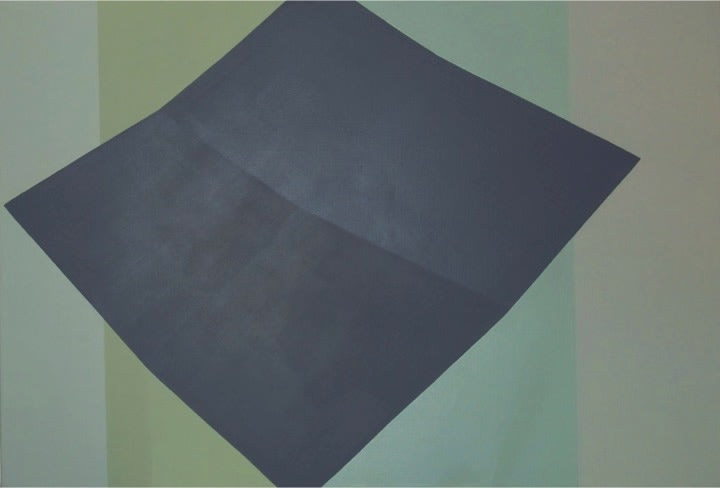
Felrath Hines
Floating Rectangle, 1984
Oil on canvas
26 x 39 inches
Signed
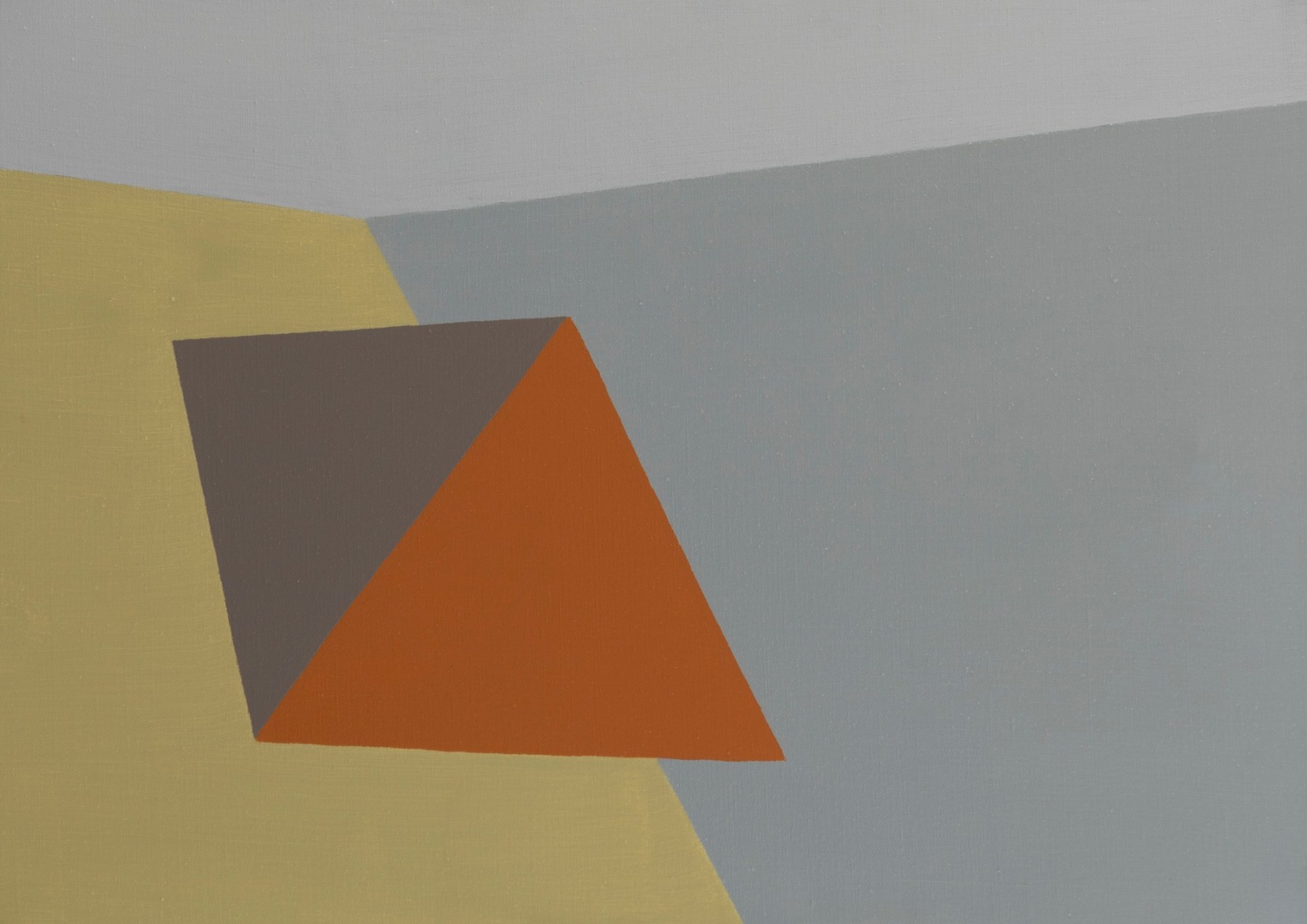
Felrath Hines
Untitled , 1984
Oil on canvas
18 x 22 inches
Signed verso

Felrath Hines
Untitled Monotype, 1984
Oil on paper
18 X 24 inches
Signed and dated lower right
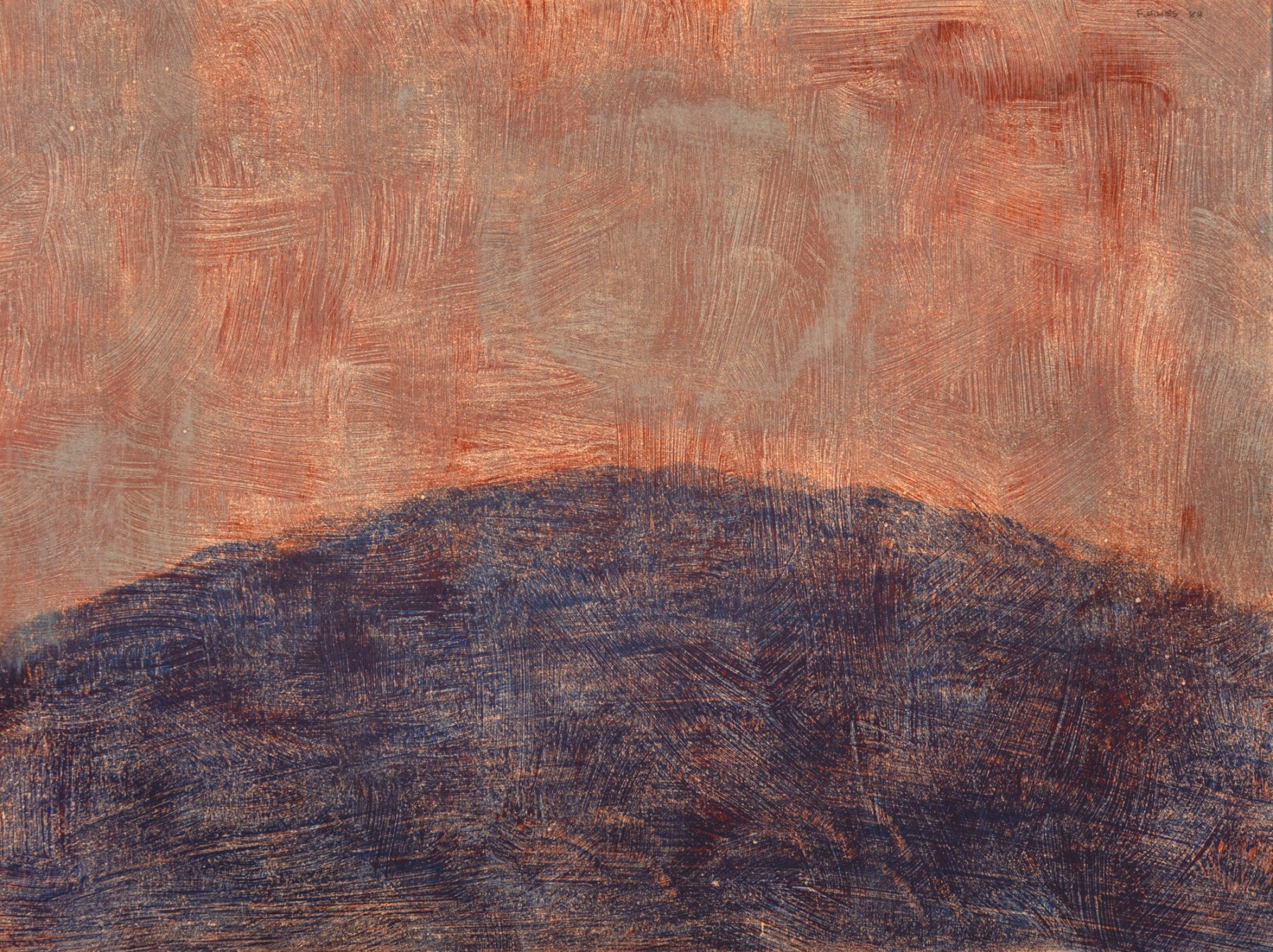
Felrath Hines
Over the Hill, 1984
Oil on paper
18 X 24 inches
Signed and dated upper right
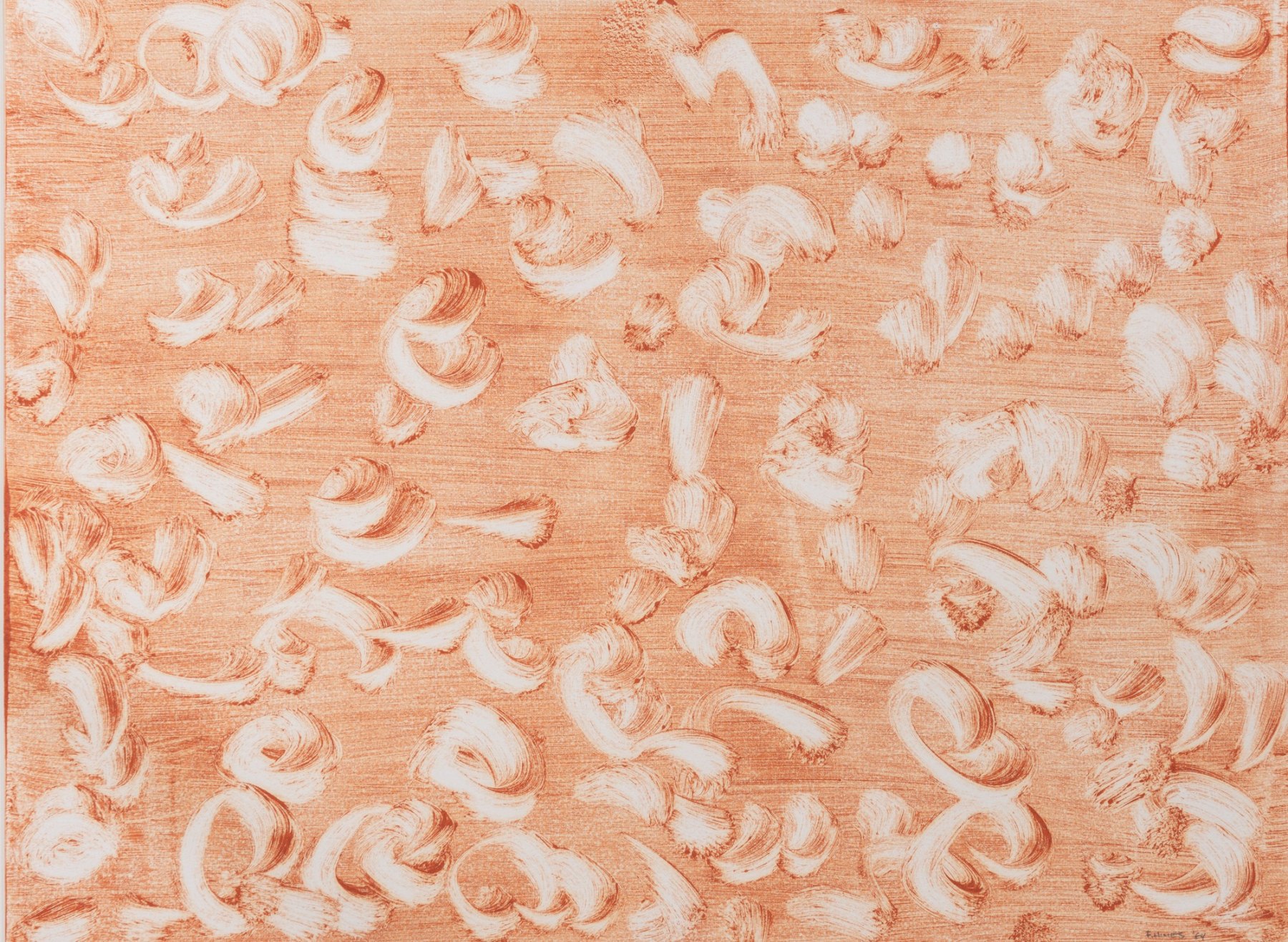
Felrath Hines
Flurries, 1984
Oil on paper
18 X 24 inches
Signed and dated lower right
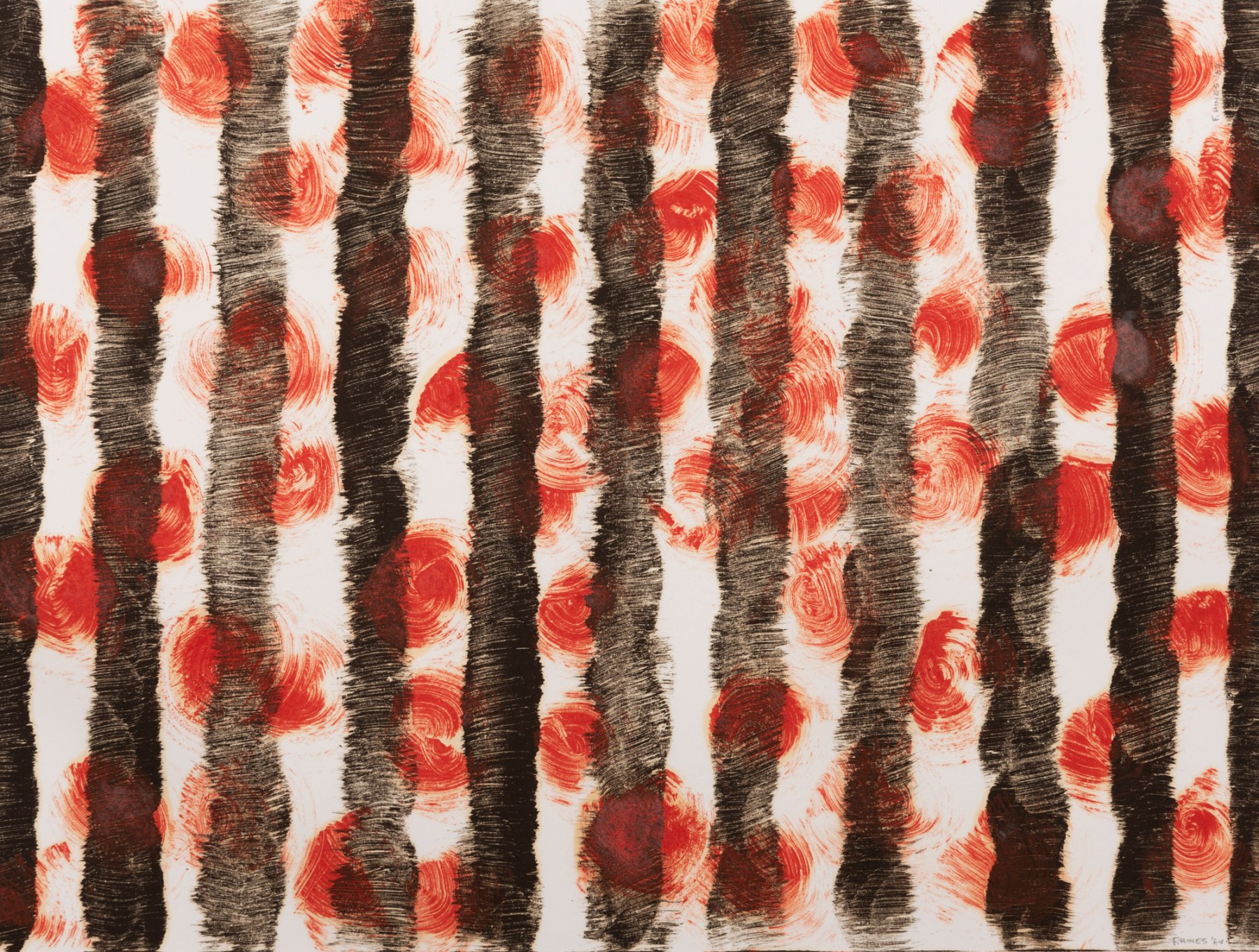
Felrath Hines
Black Verticals with Red Monotype, 1984
Oil on paper
18 X 24 inches
Signed and dated lower right

Felrath Hines
Red Painting, 1968
Oil on canvas
36 x 24 inches
Signed verso
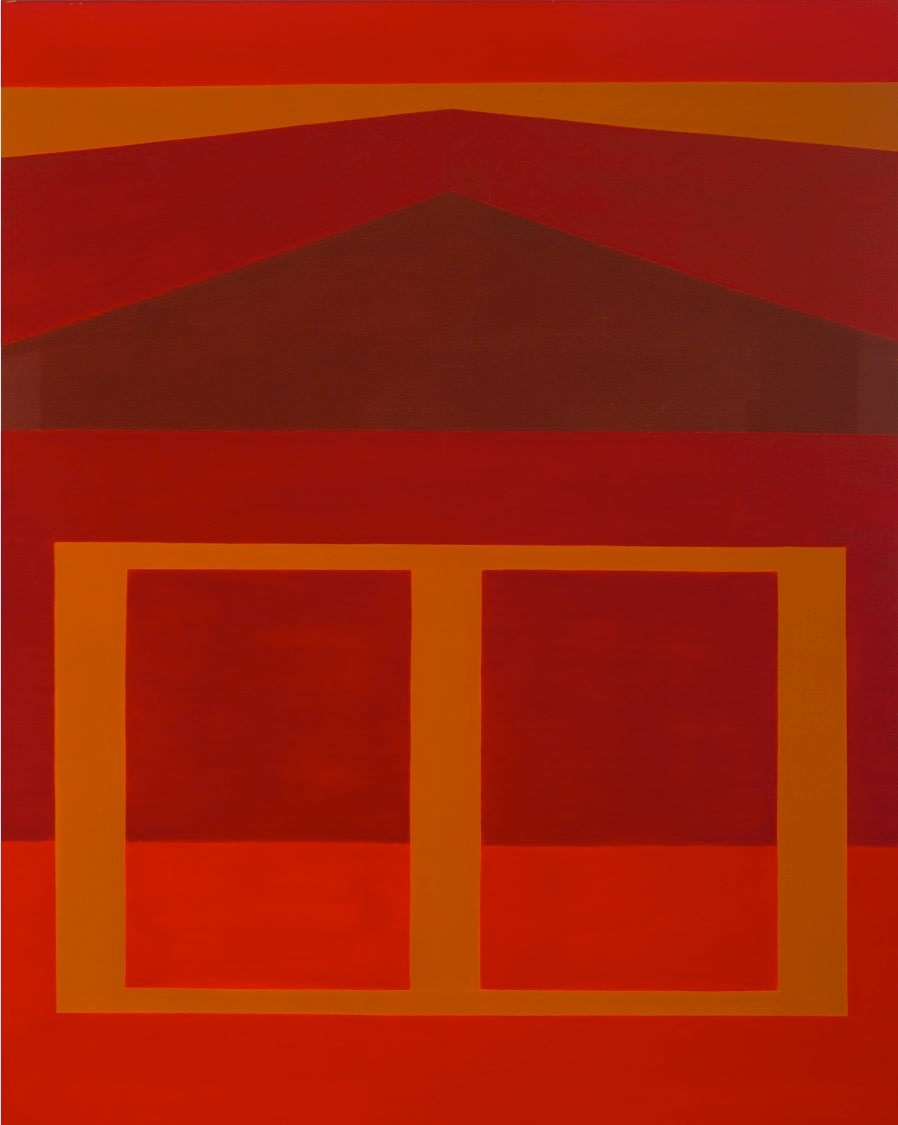
Western Landscape, AKA Red & Ochre, 1979
Oil on canvas
60 x 48 inches

Untitled, 1980s
Watercolor on paper
10 x 14.25 inches
Estate stamped on the verso
SOLD

Untitled, 1980s
Watercolor on paper
9 x 12 inches
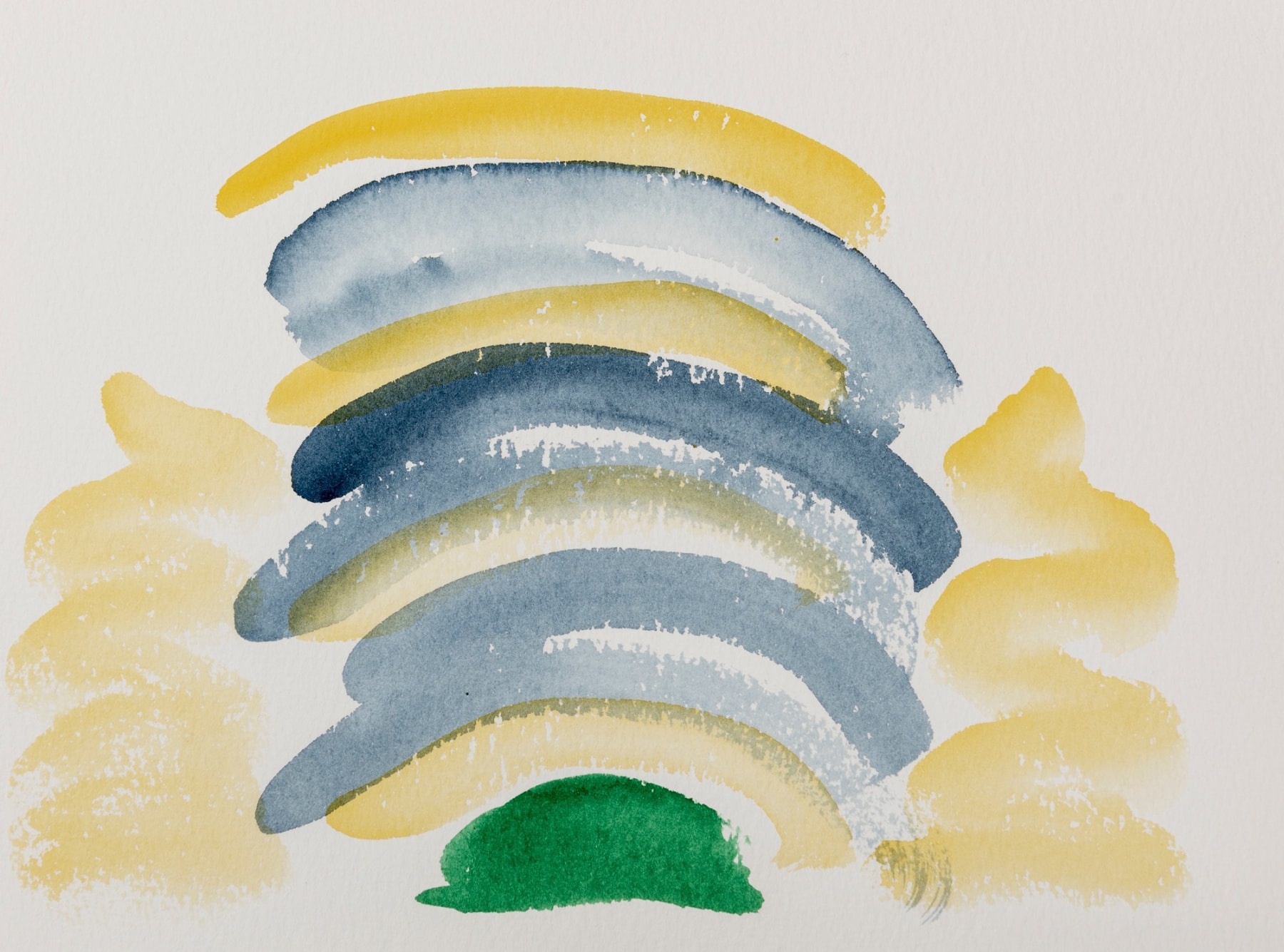
Untitled, 1980s
Watercolor on paper
9 x 12 inches
Estate stamped on the verso
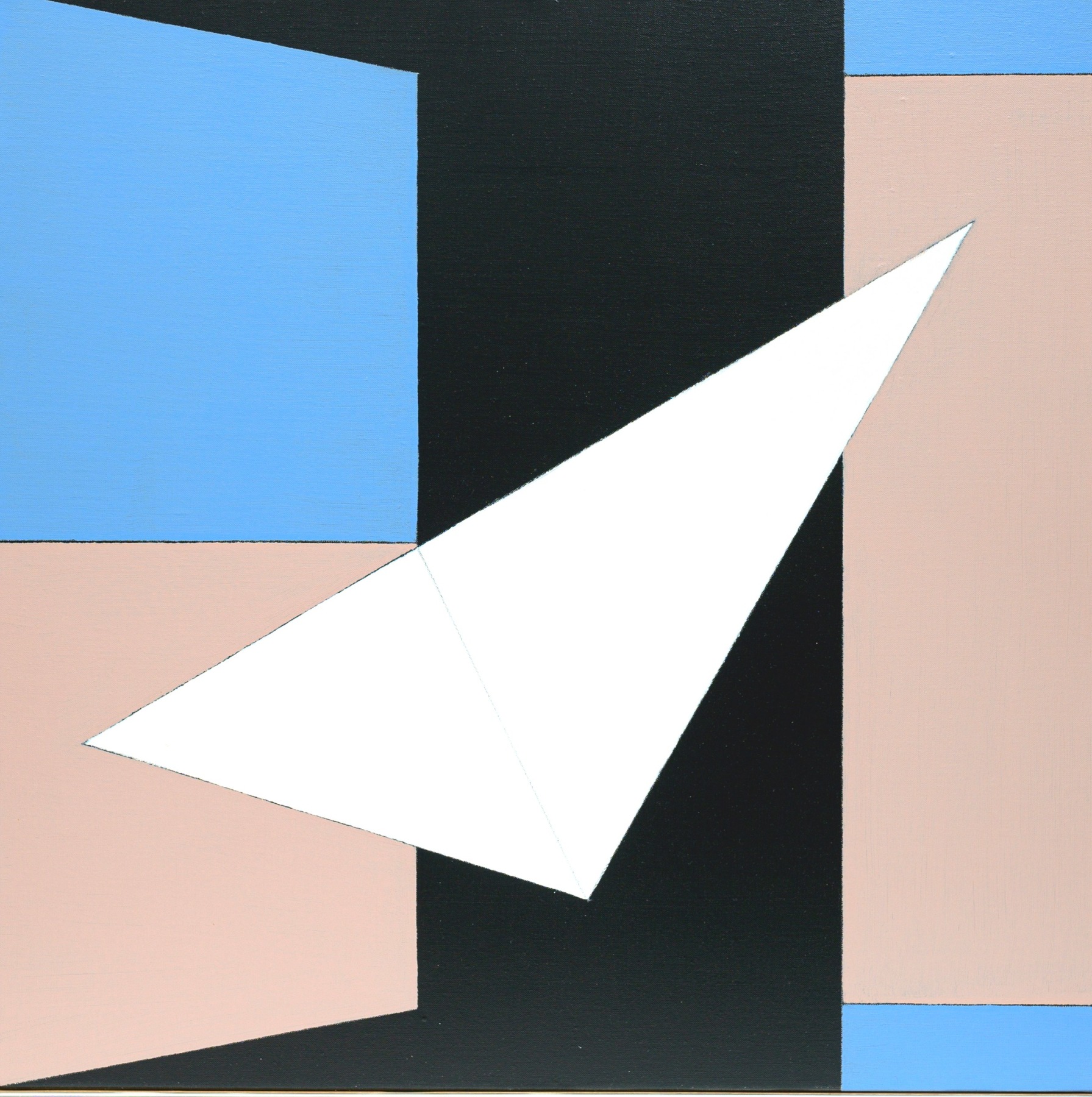
Tropic Night, 1989
Oil on canvas
26 x 26 inches
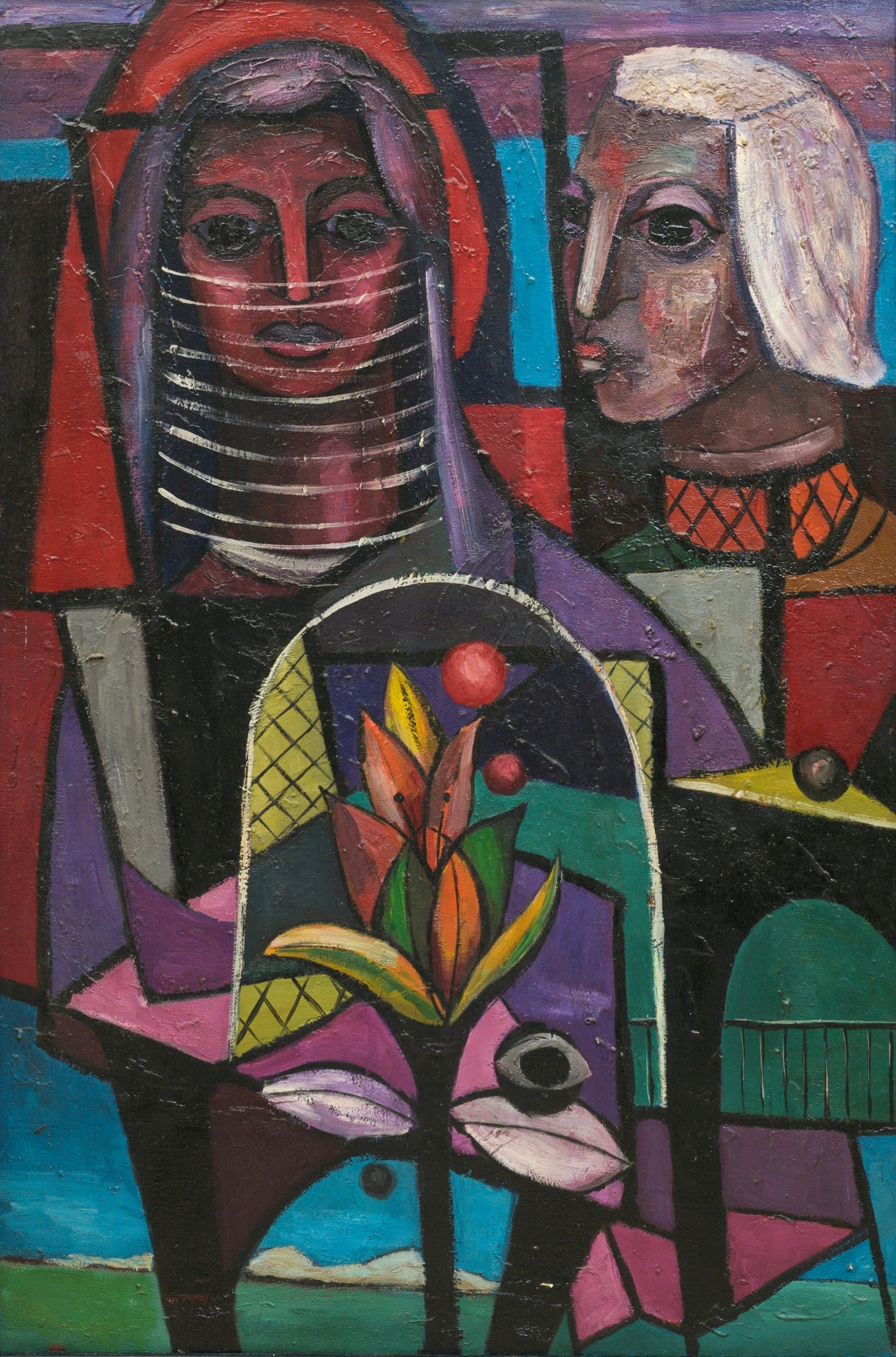
Still Life, 1948
Oil on canvas
36 x 24 inches
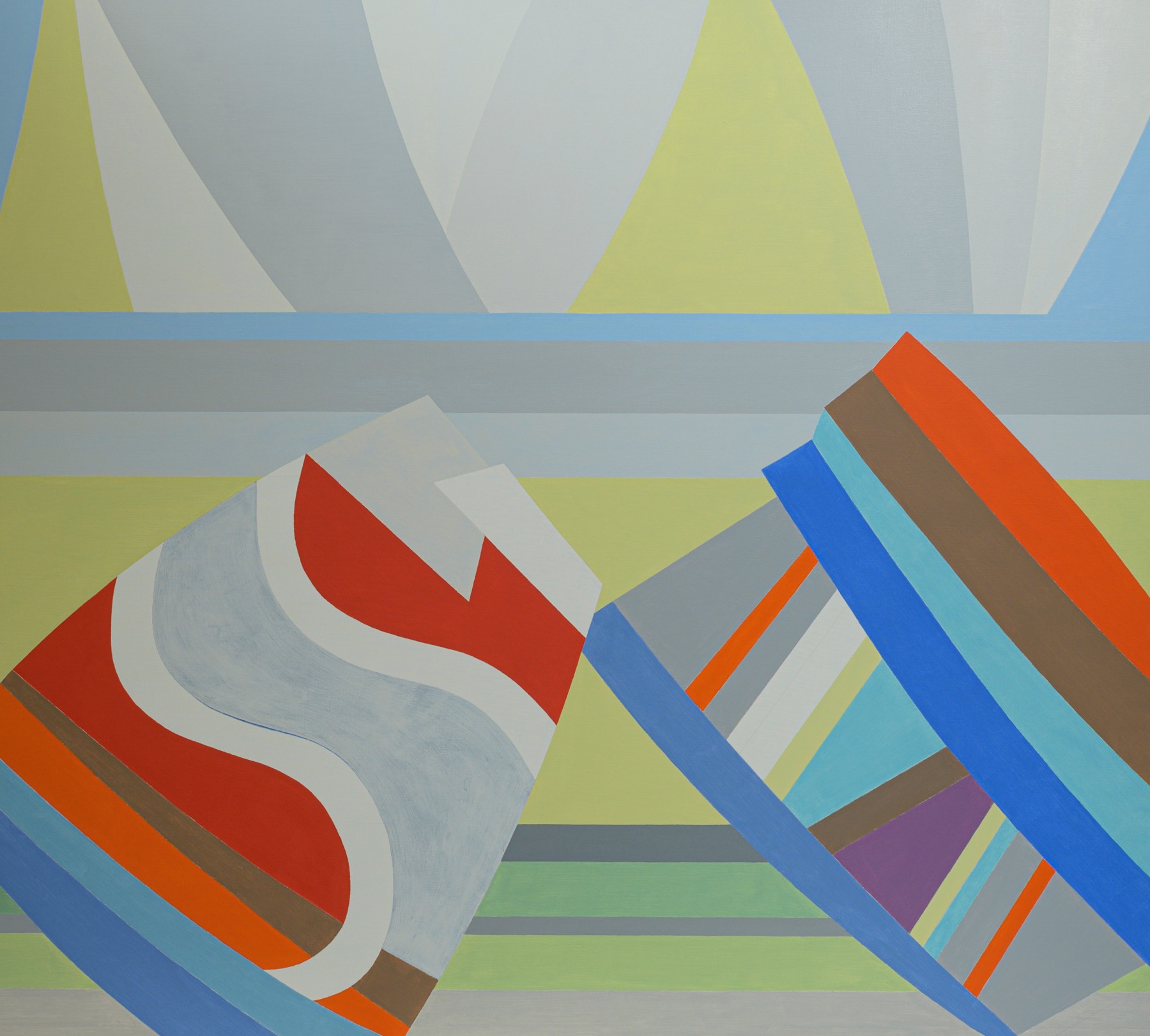
Mahler, 1992
Oil on canvas
58 x 64 inches
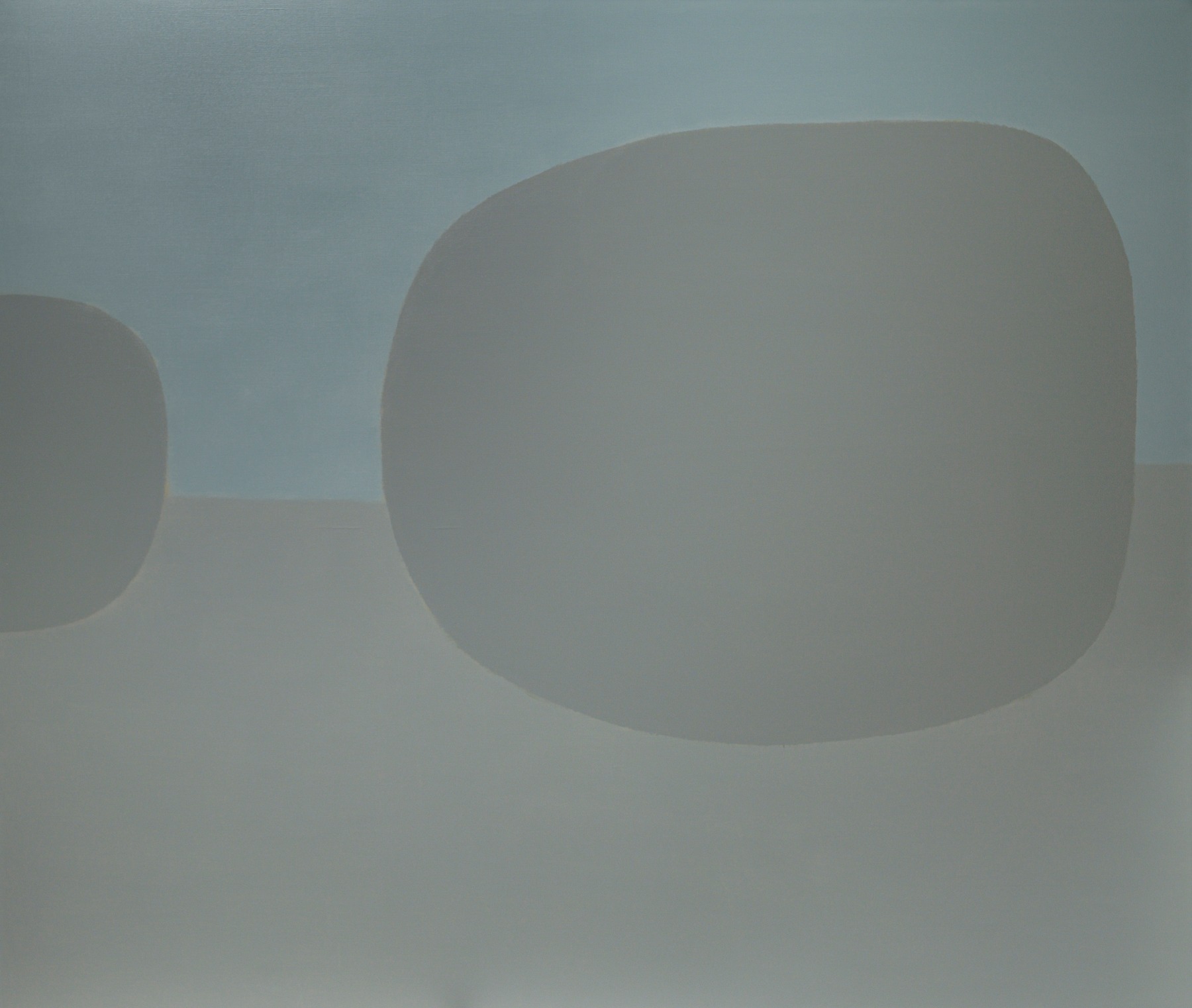
Untitled (Large Grays), 1971
Oil on canvas
66 x 78 inches
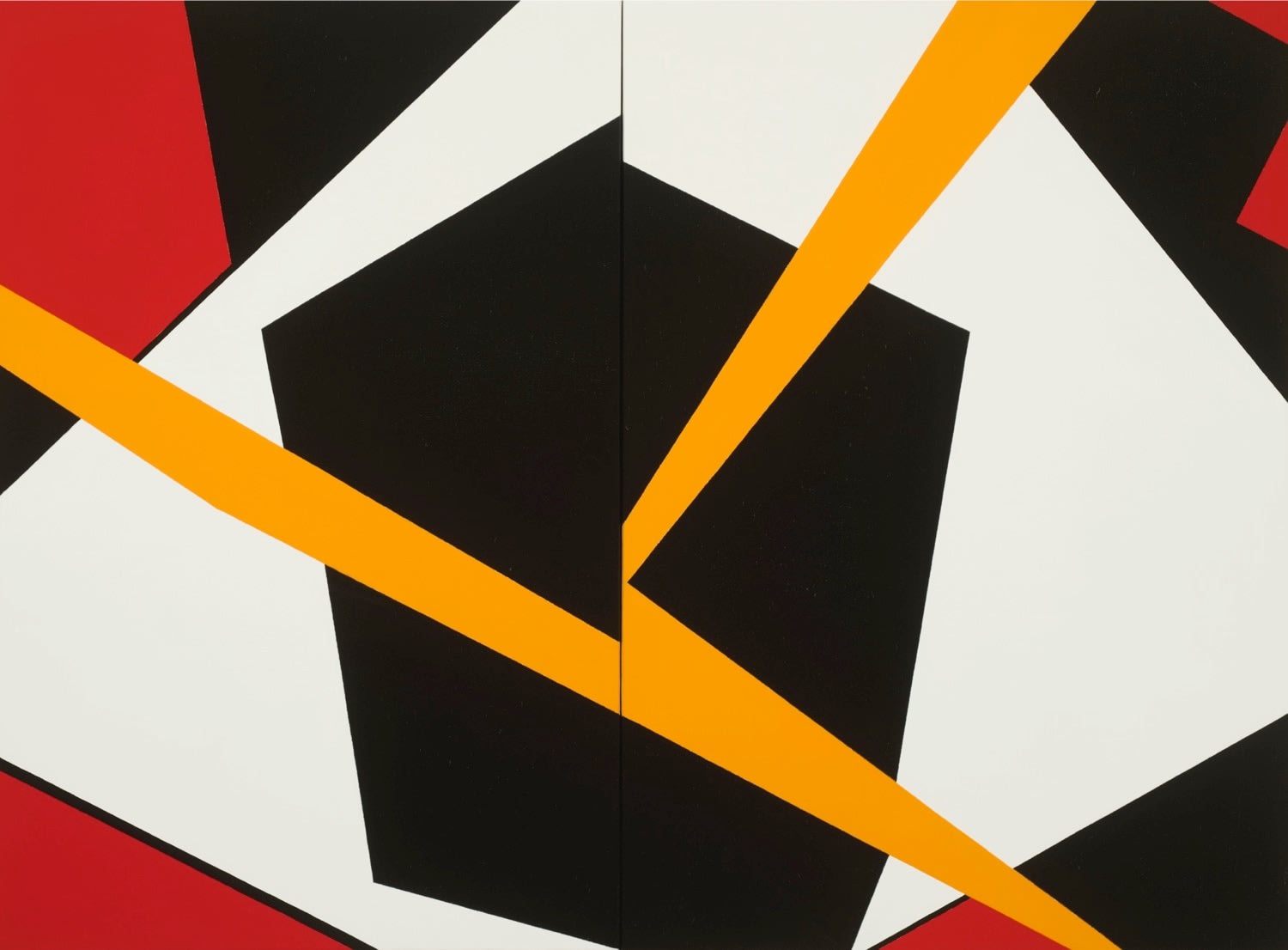
Storm, 1986
Oil on Canvas
40 x 54 Inches
Signed
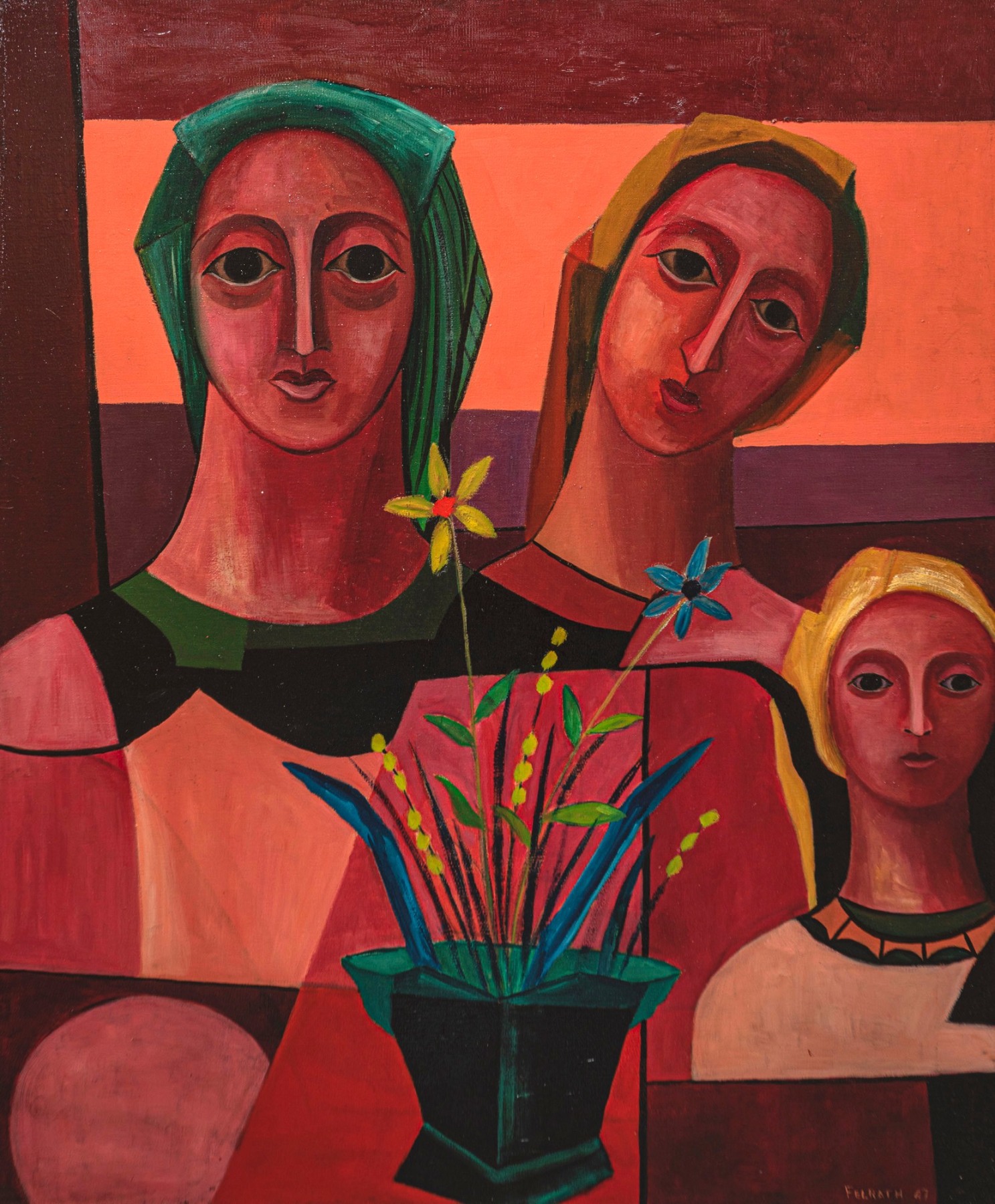
Three Figures
1947
Oil on canvas
36 x 30 in.
Signed and dated, lower right

Totem
1950
Oil on canvas
30 x 24 in.
Signed and dated, lower right
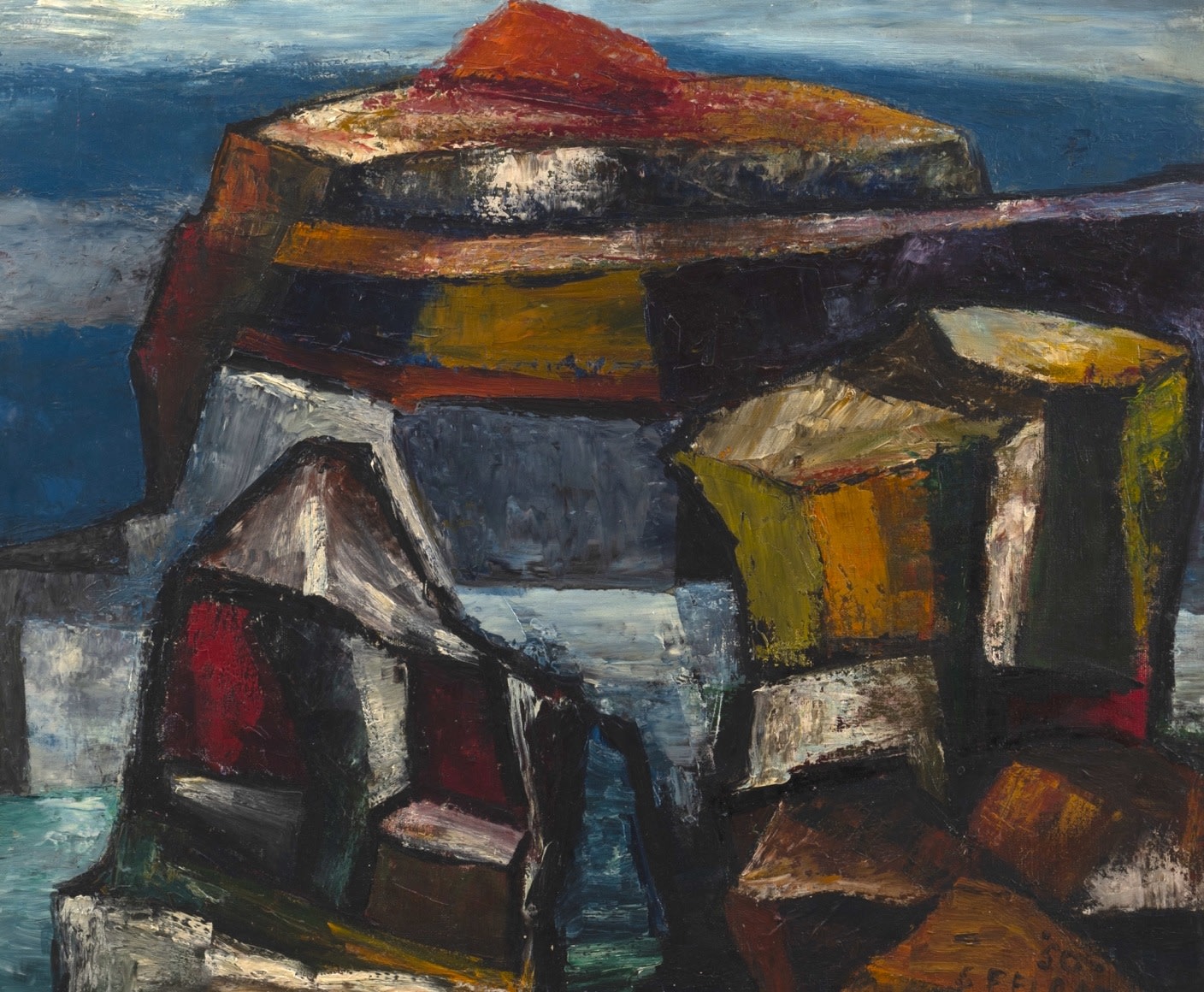
Rocks
1950
Oil on canvas
20 x 24 in.

Landscape
1953
Oil on canvas
10 x 14 in.
Signed

Red Hill
1953
Oil on canvas
12 x 15 in.
Signed, lower left
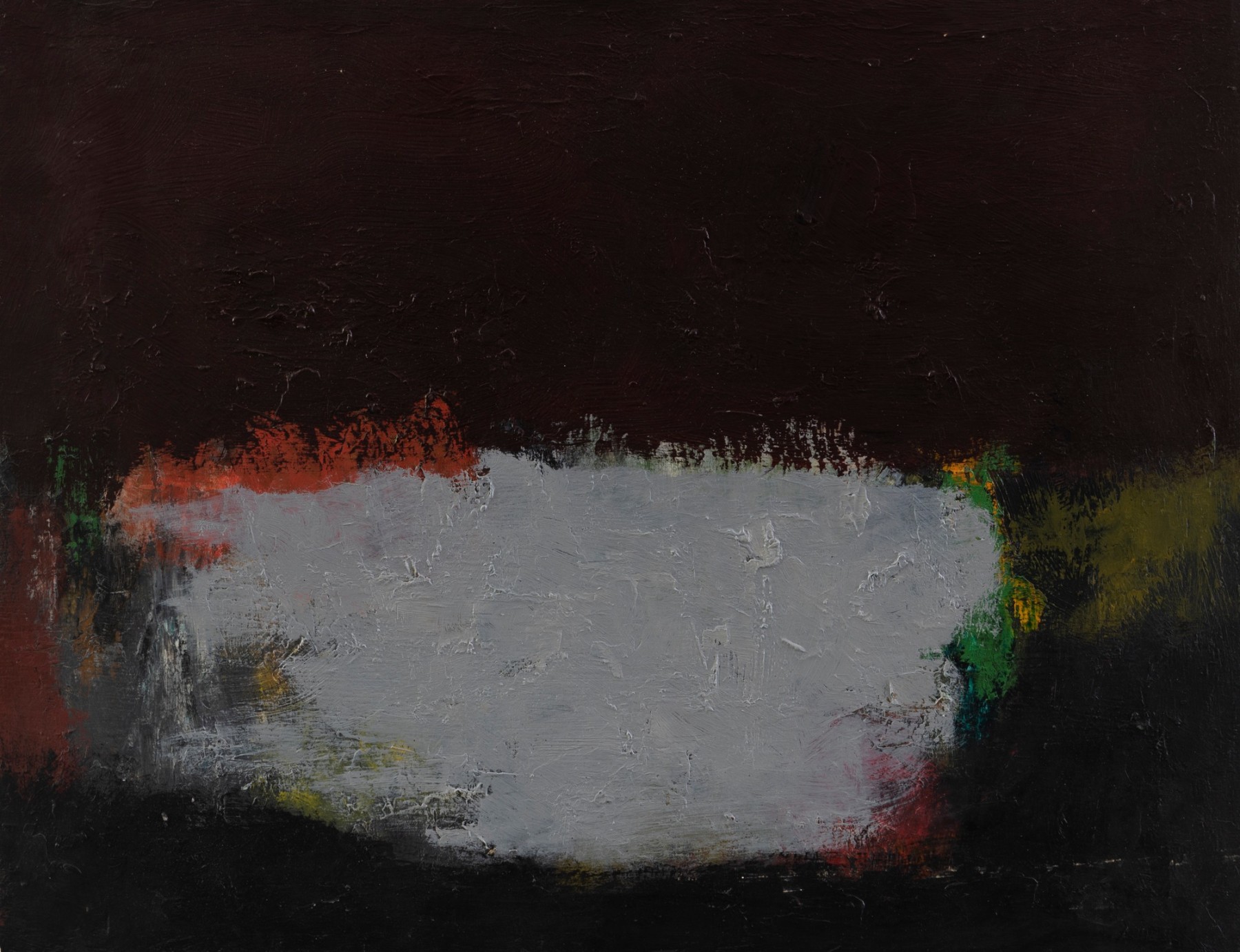
Untitled
1954
Oil on canvas
14 x 18 in.
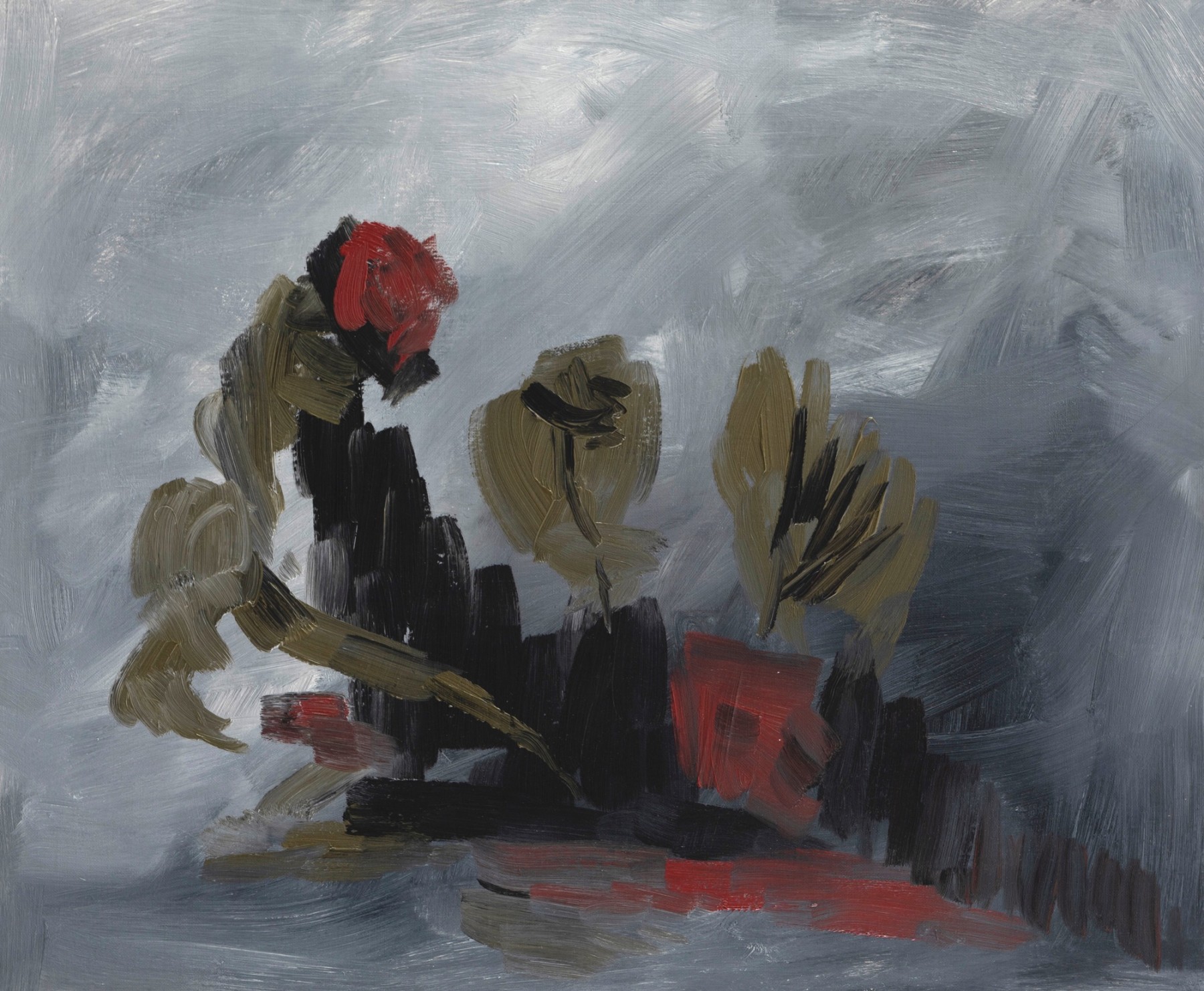
Flowers
1961
Oil on canvas
20 x 24 in.

Untitled
1962
Oil on canvas
15 x 18 in.
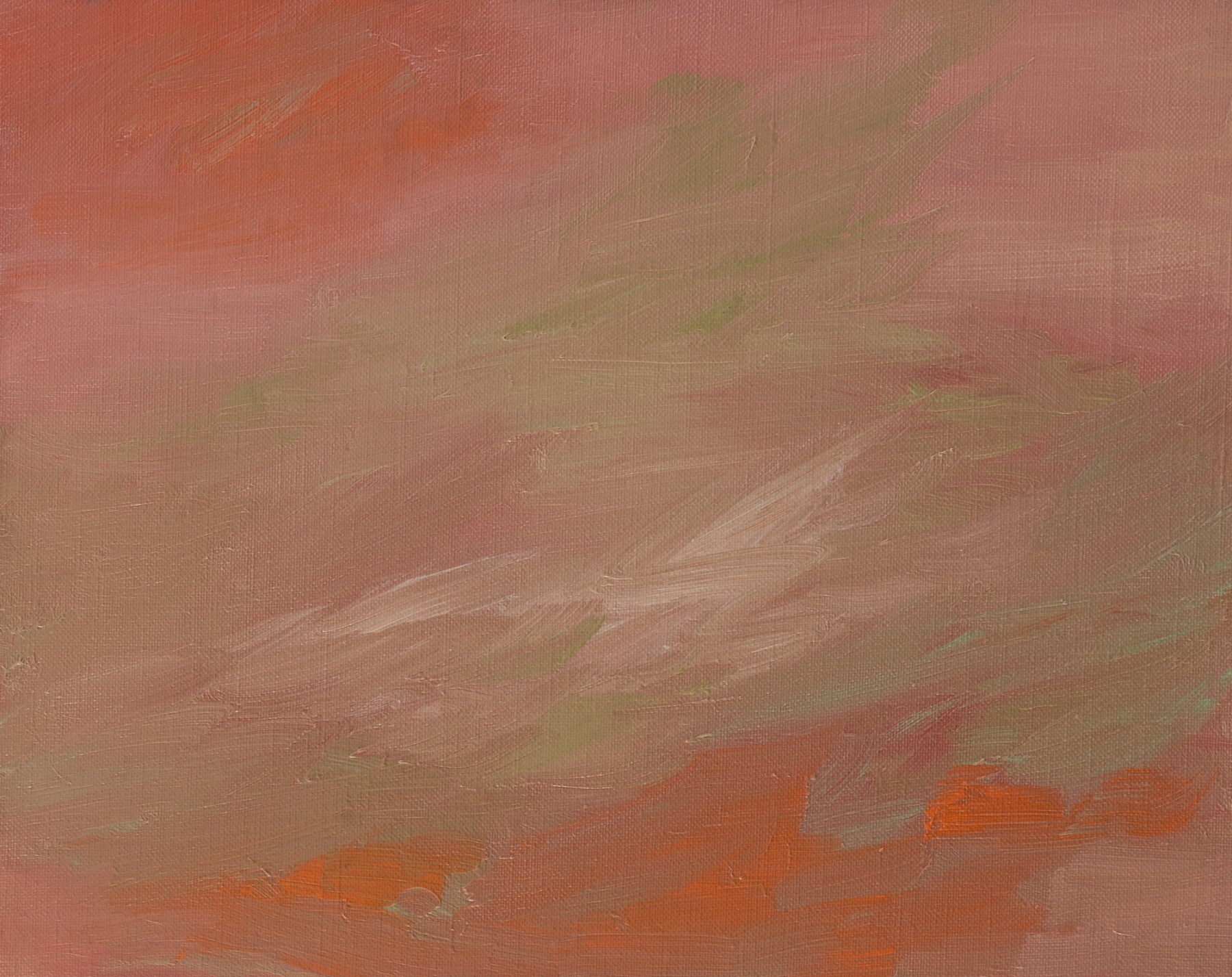
Orange with Green
1963
Oil on canvas
13 x 16 in.
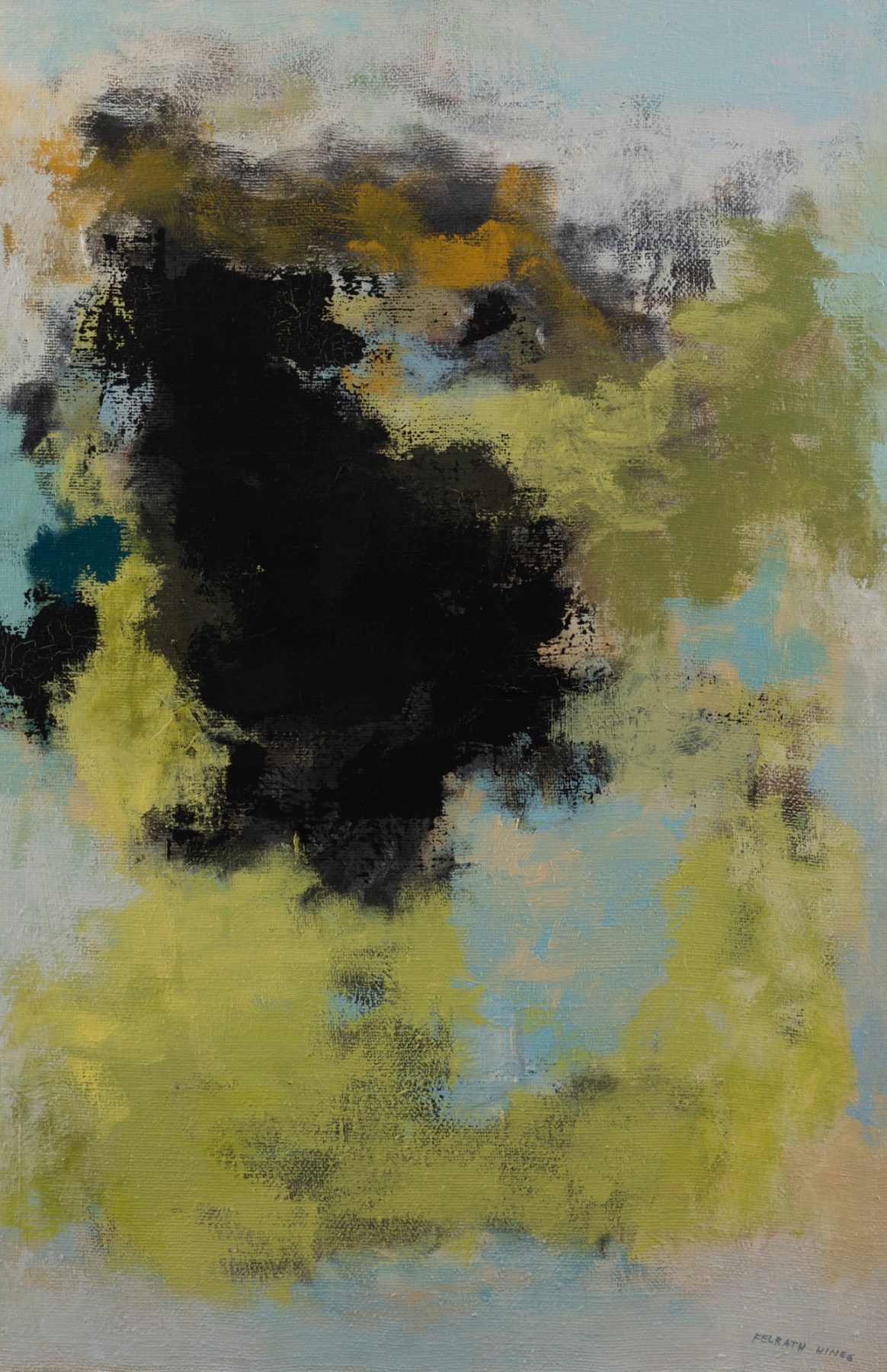
Felrath Hines
Pond, ca 1962
Oil on canvas
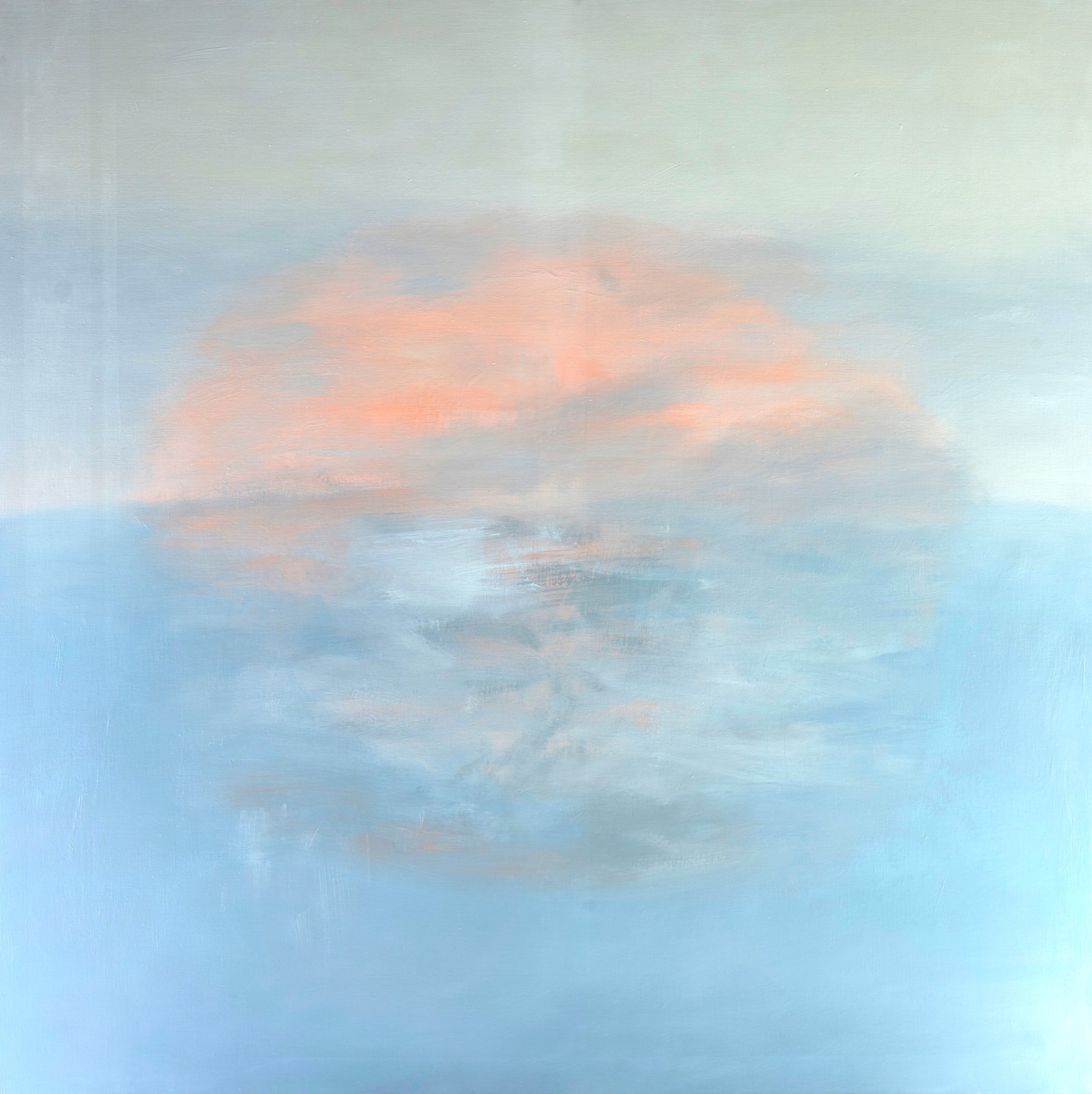
Landscape
1965
Oil on canvas
60 x 60 in.
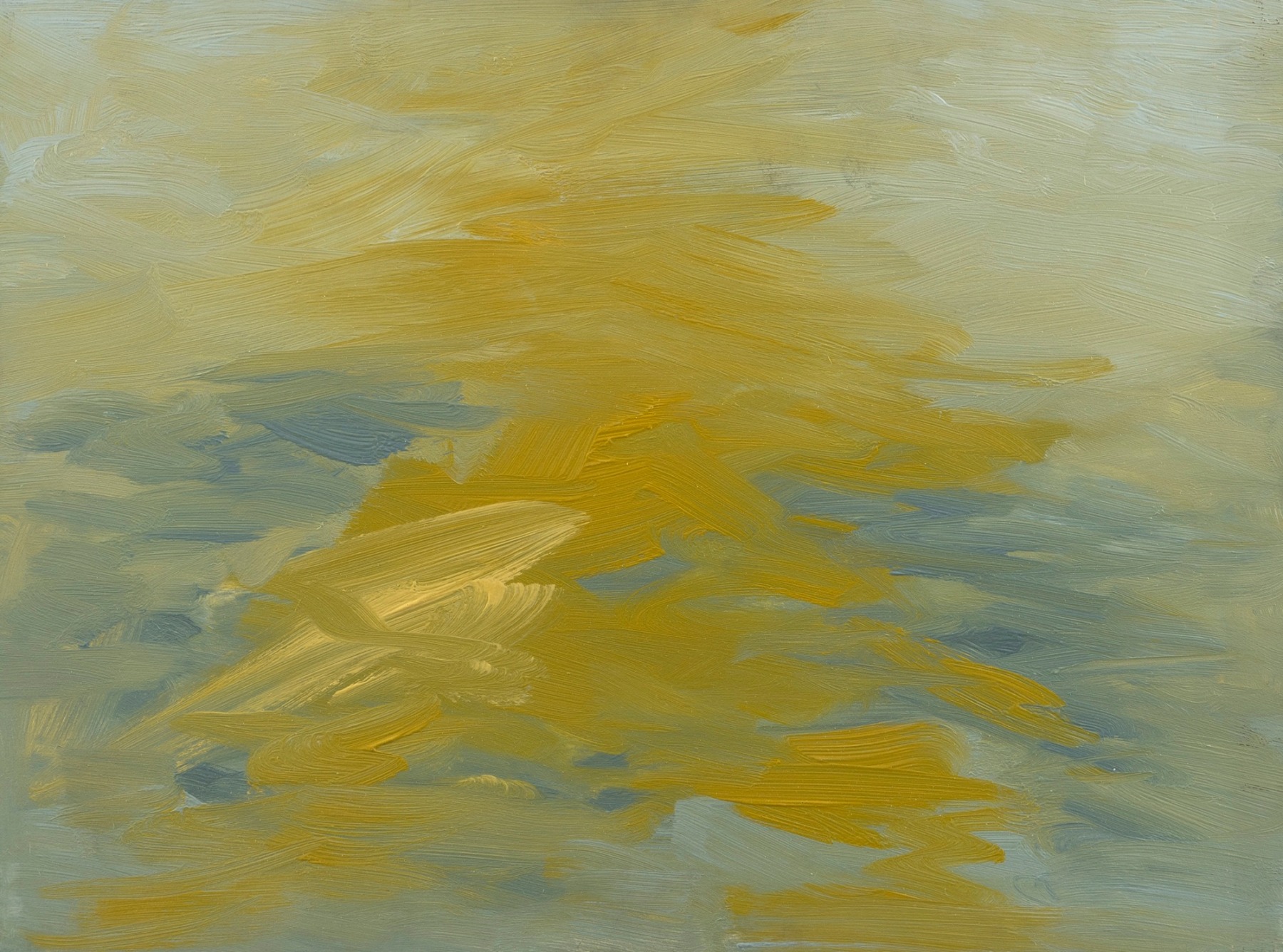
Abstract
1965
Oil on canvas
12 x 16 in.
SOLD
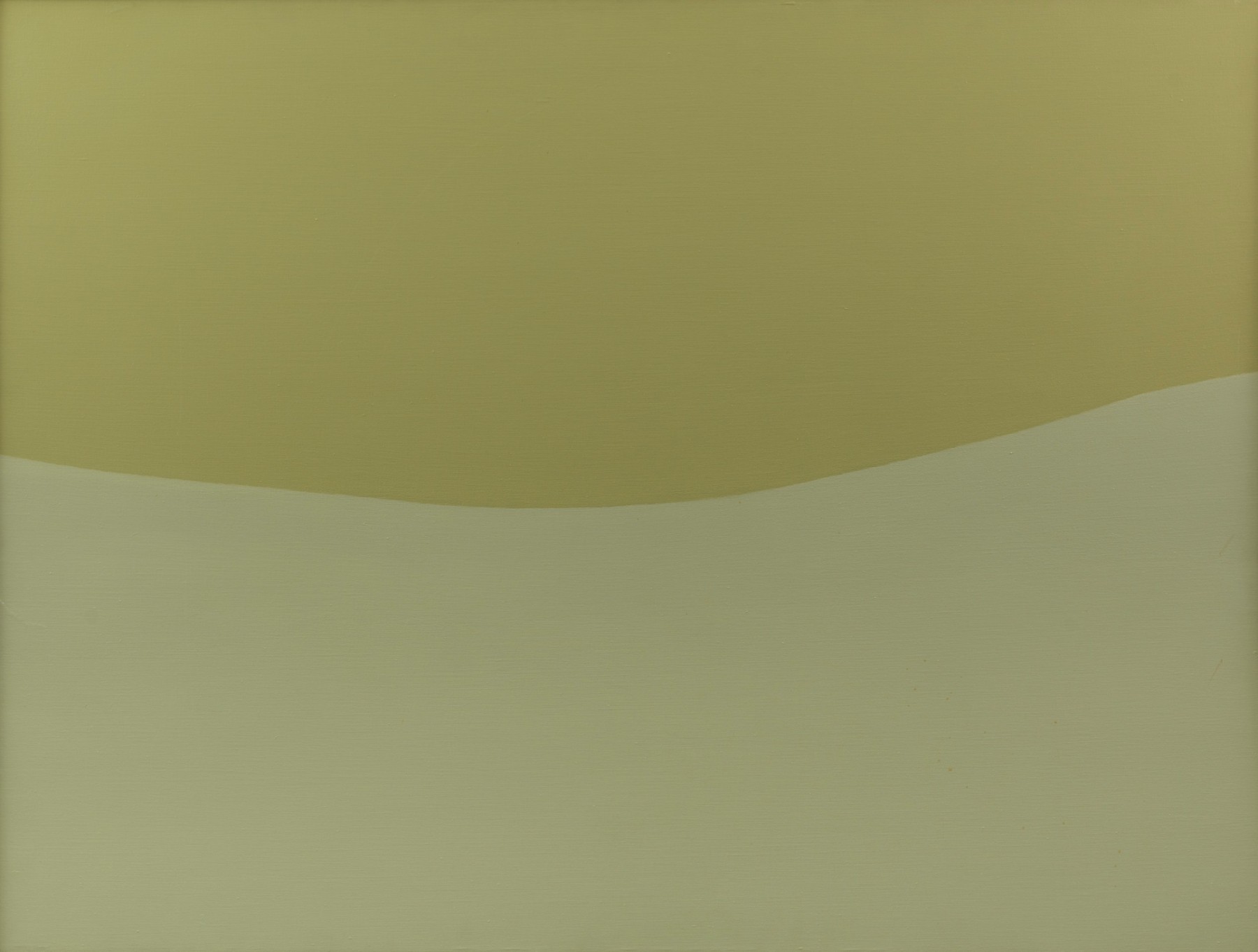
Beige Green
1968
Oil on canvas
36 x 48 in.
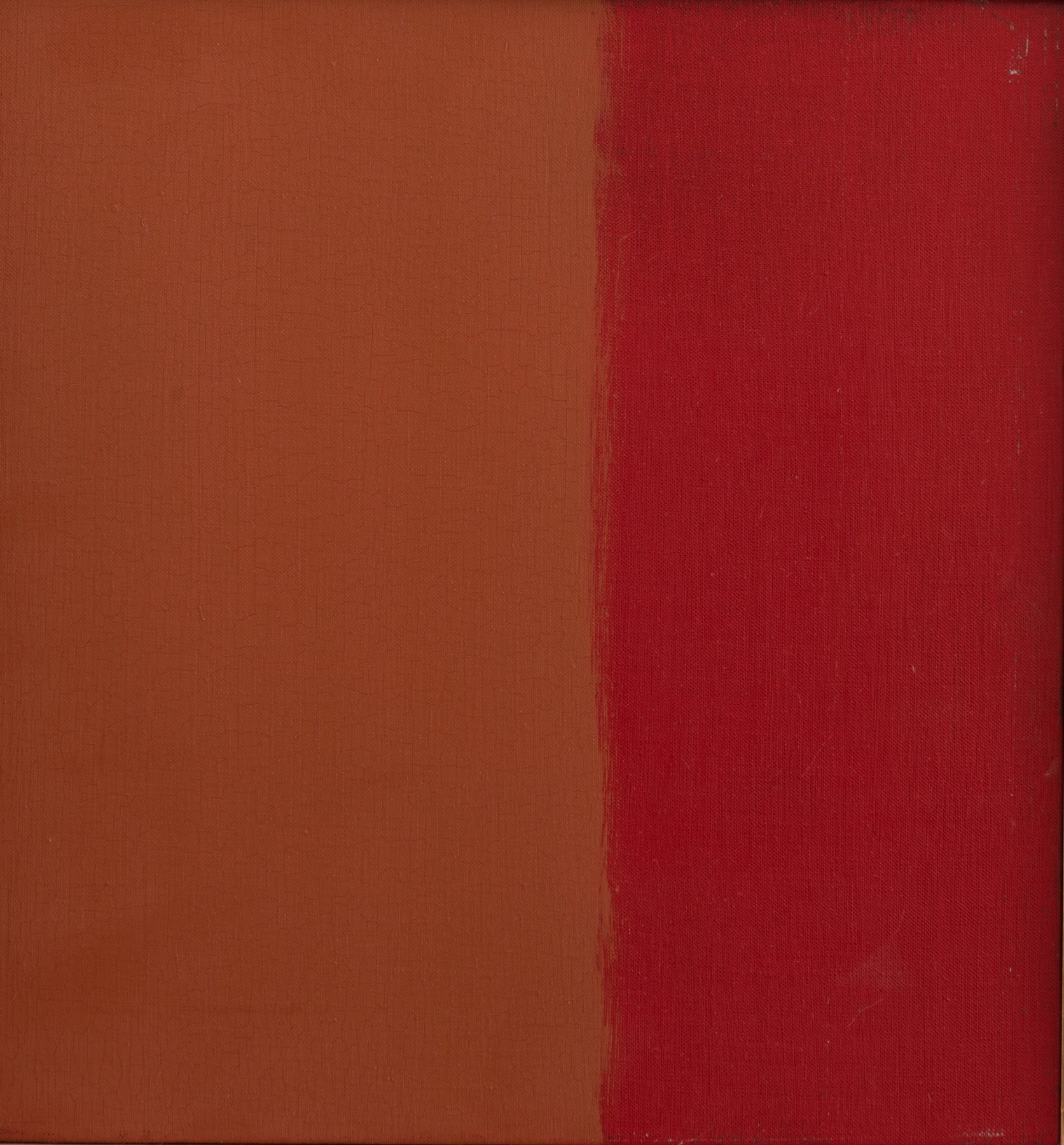
Untitled (Sketch)
1969
Oil on canvas
14 x 15 in.
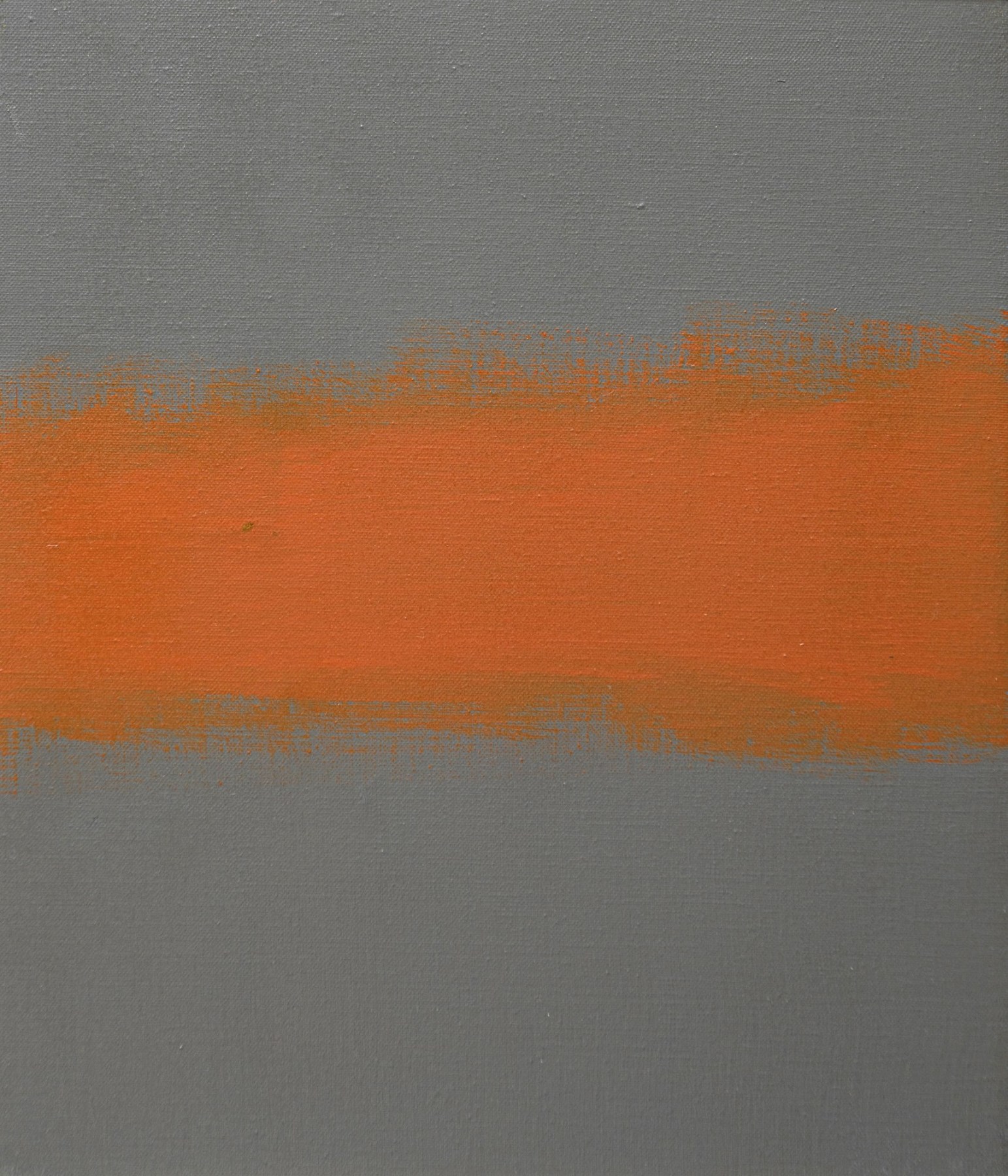
Untitled (Sketch)
1969
Oil on canvas
12 x 14 in.
Signed
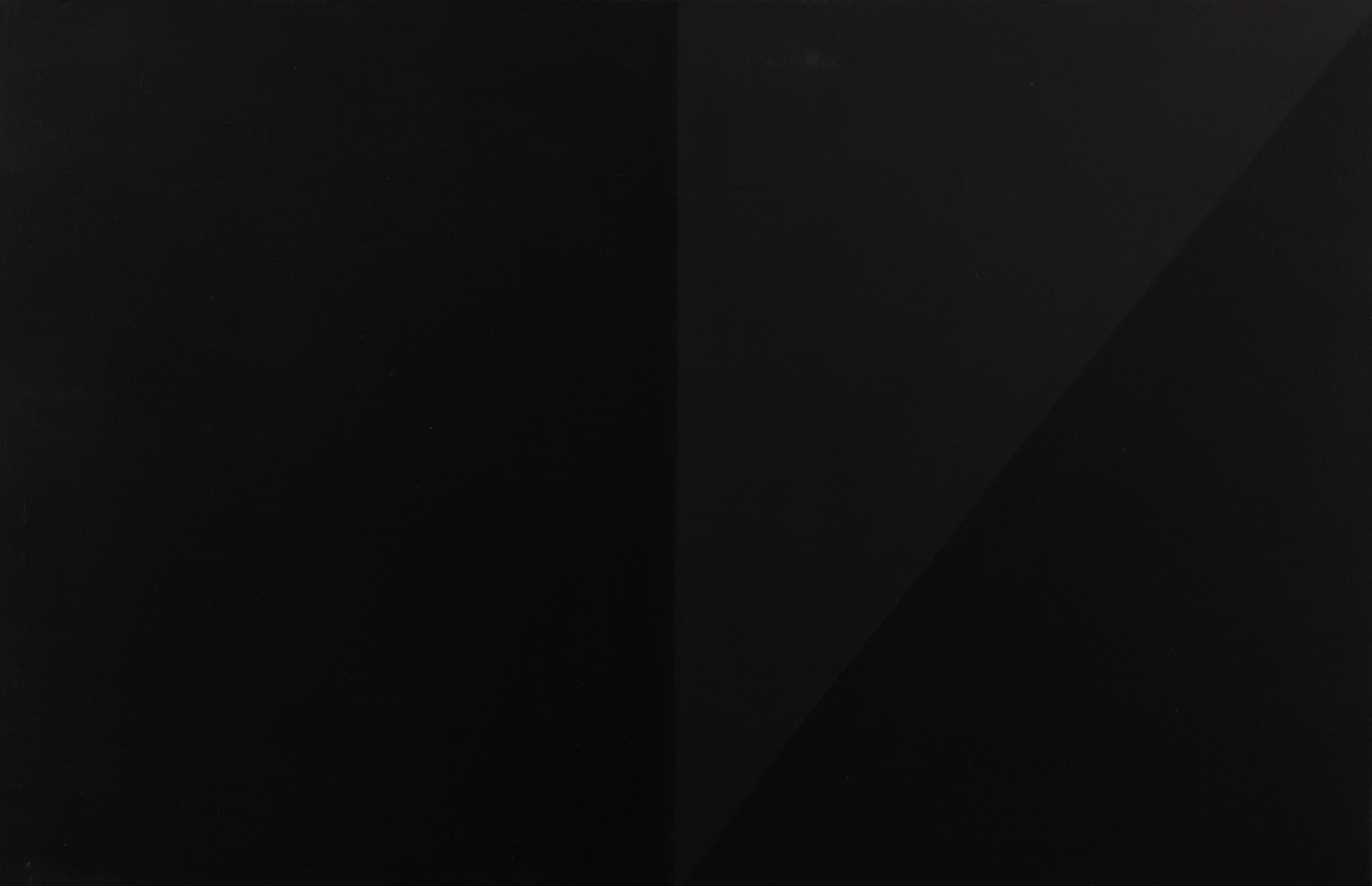
Untitled
1970s
Oil on canvas
26 x 40 in.

Untitled
1977
Ink on paper
6 1/2 x 5 in.
Unsigned
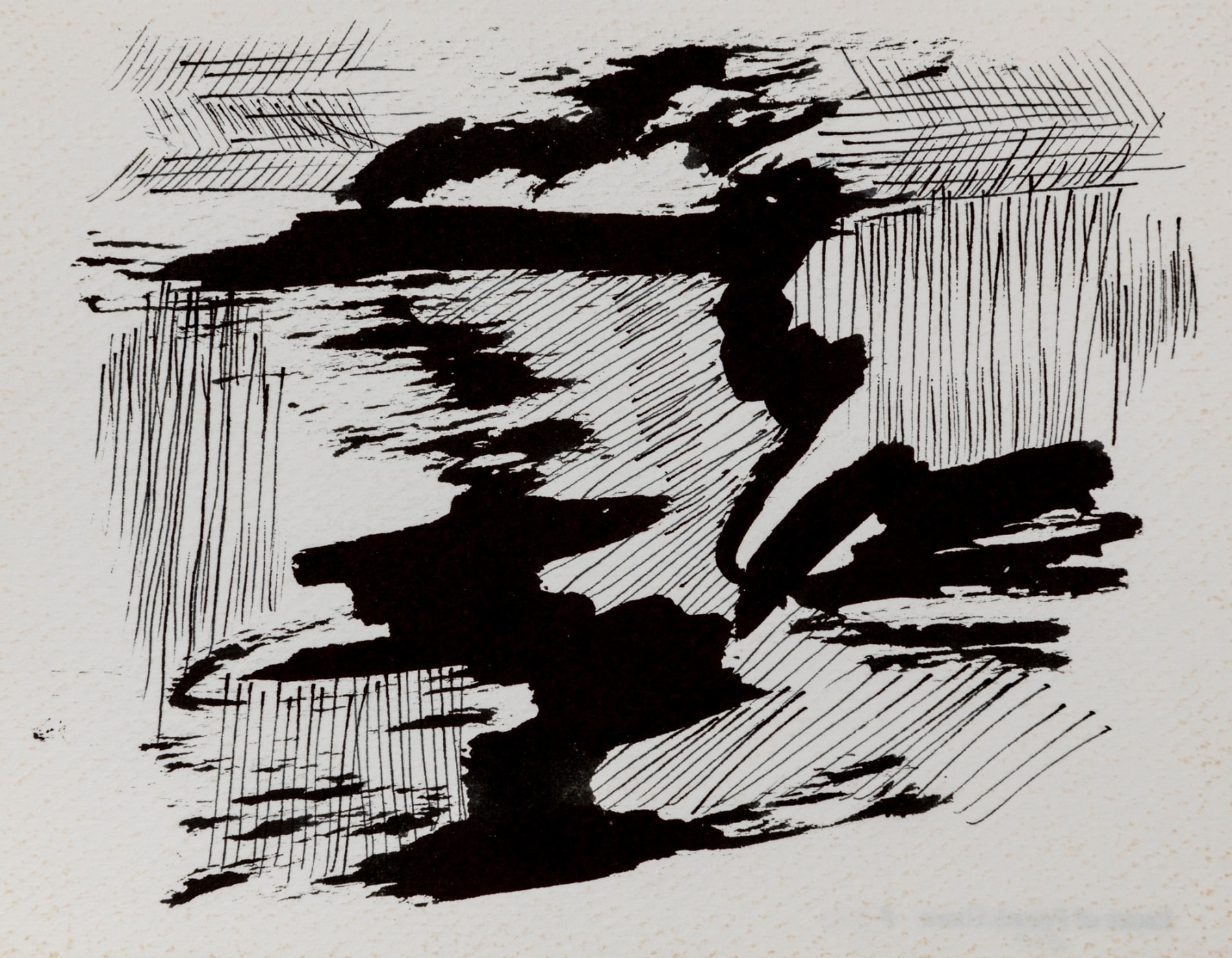
Untitled
1977
Ink on paper
5 x 6 1/2 in.
Unsigned
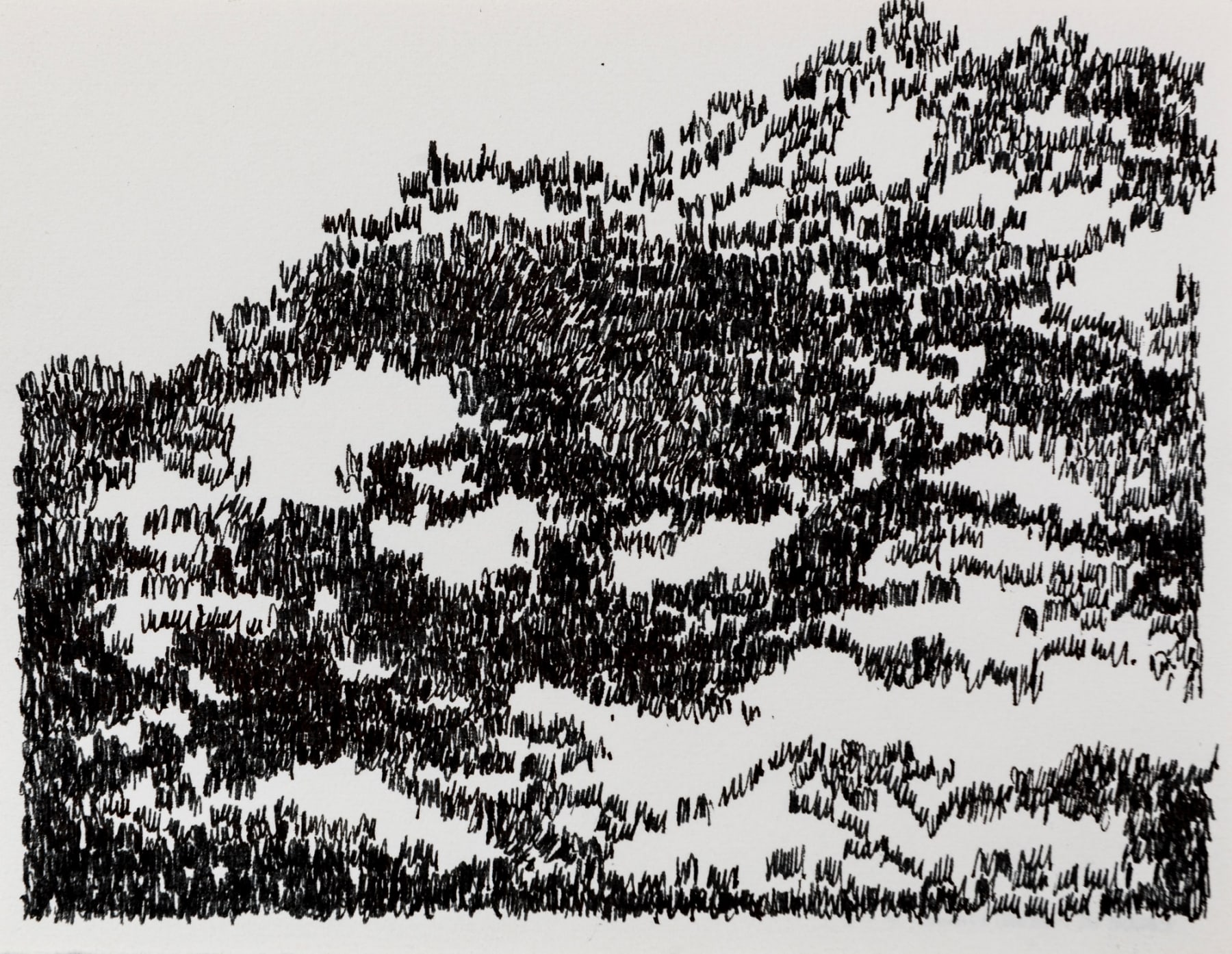
Untitled
1977
Ink on paper
5 x 6 1/2 in.
Unsigned
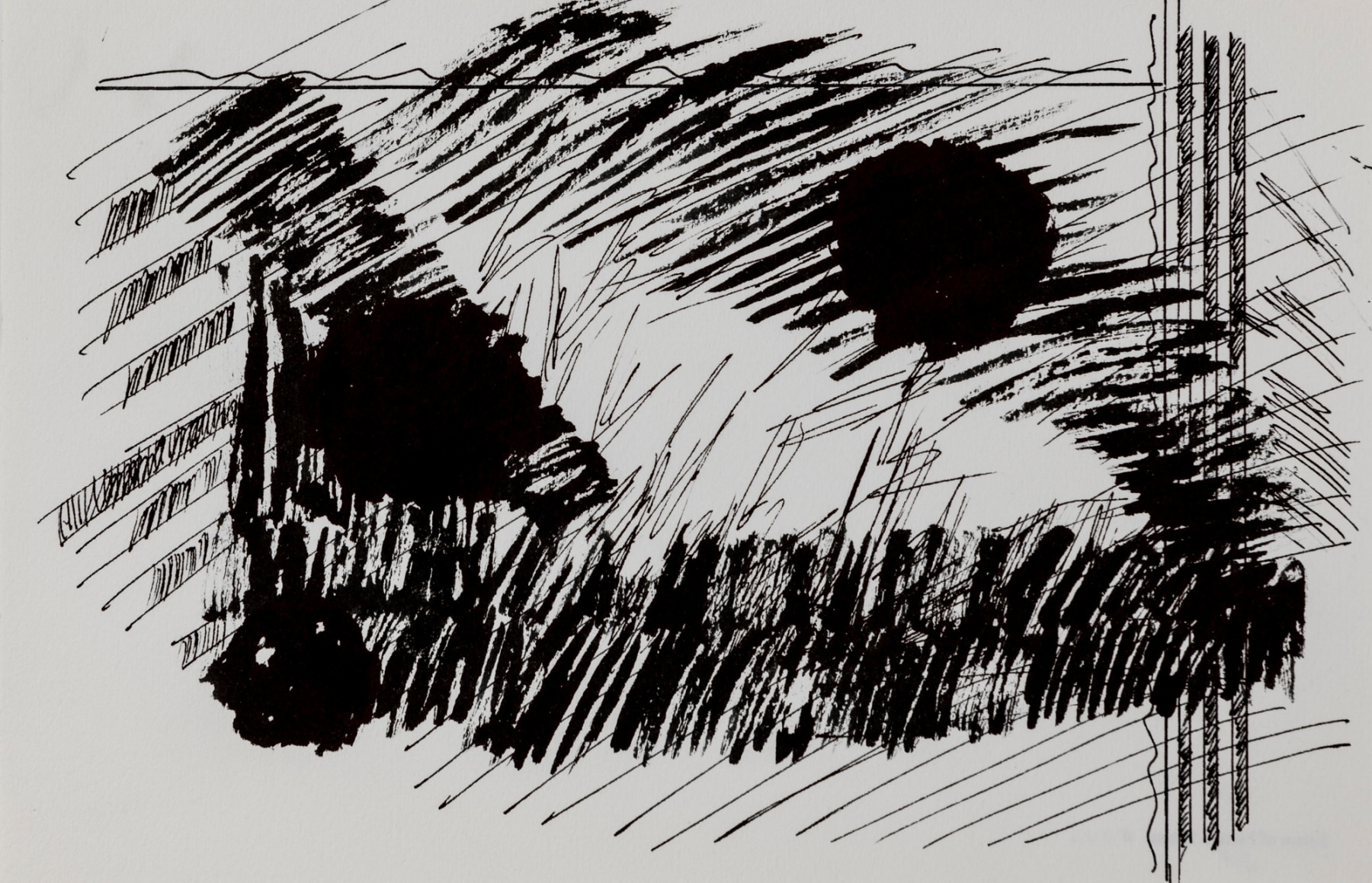
Untitled
1977
Ink on paper
5 x 9 3/4 in.
Unsigned
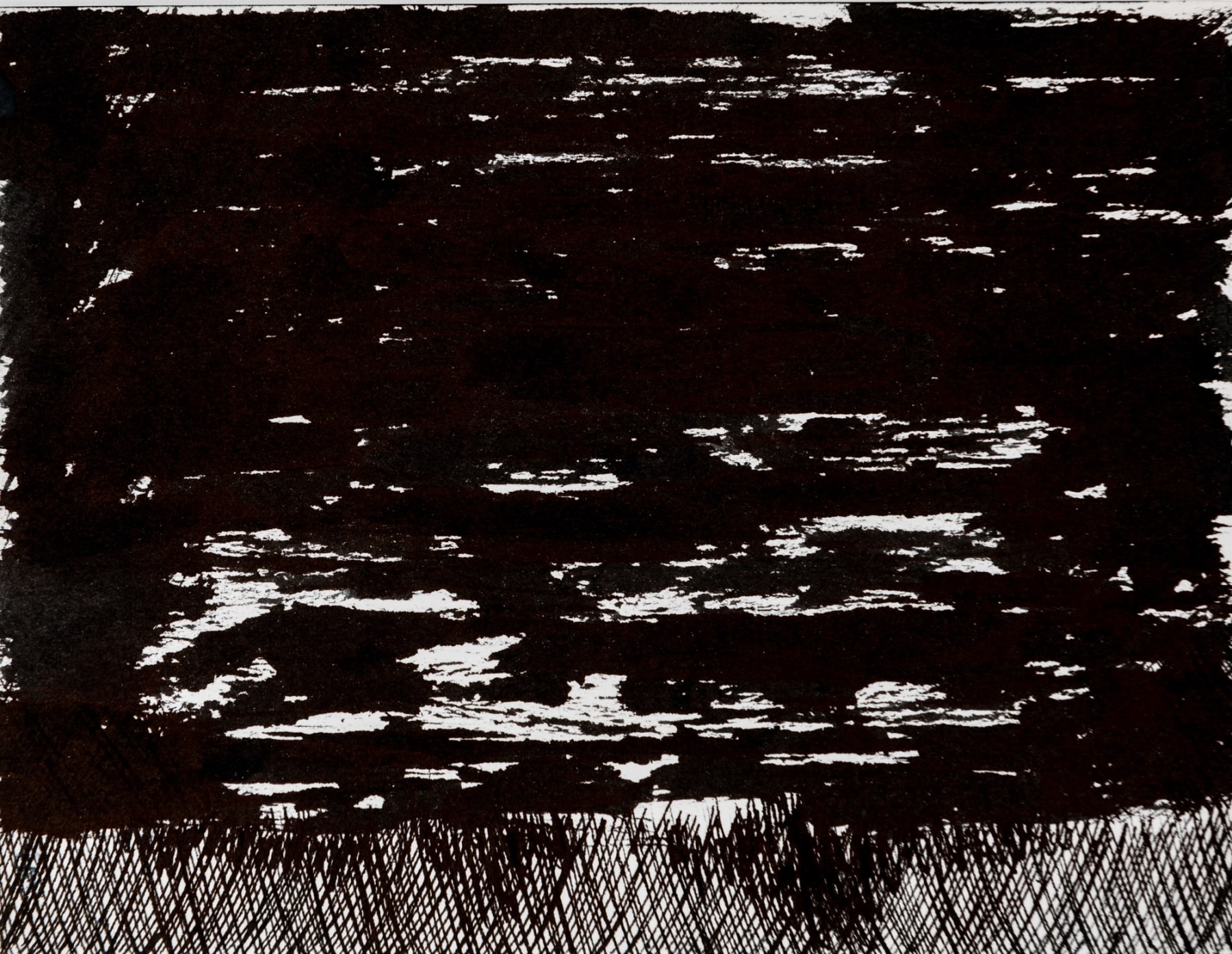
Untitled
1977
Ink on paper
5 x 6 1/2 in.
Unsigned
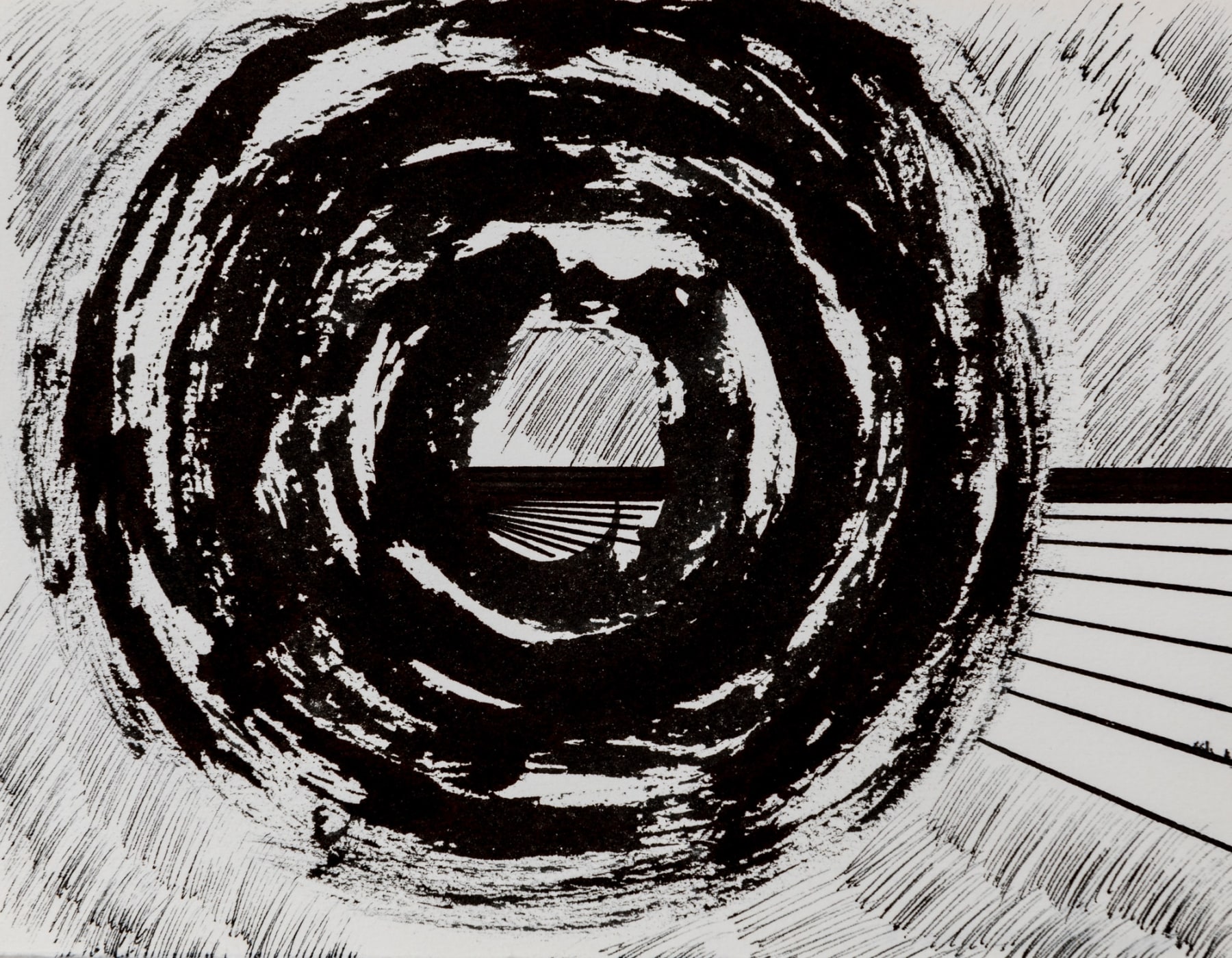
Untitled
1977
Ink on paper
5 x 6 1/2 in.
Unsigned

Untitled #2
1978
Oil on canvas
46 x 48 in.
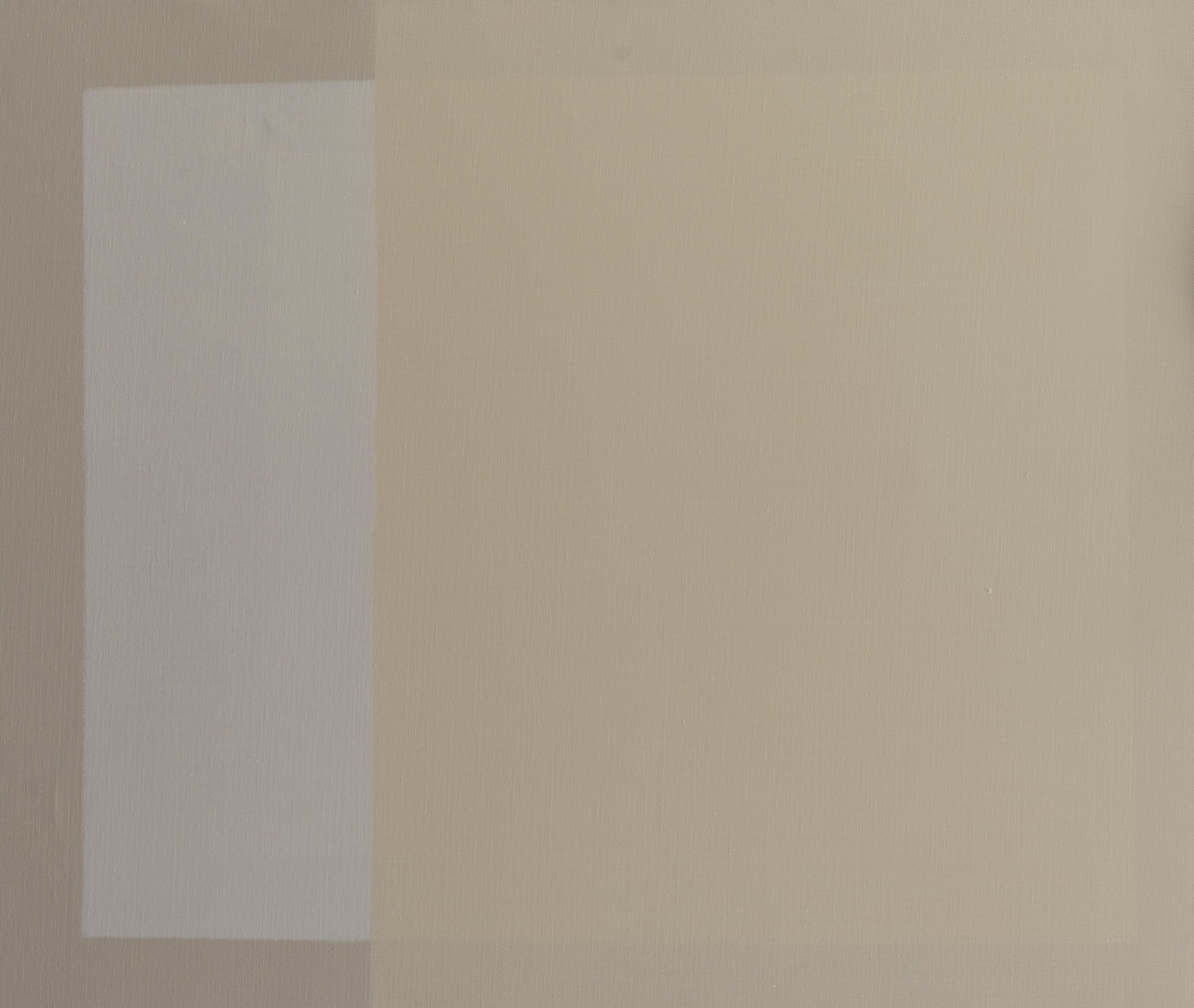
Untitled
1979
Oil on canvas
24 x 20 in.
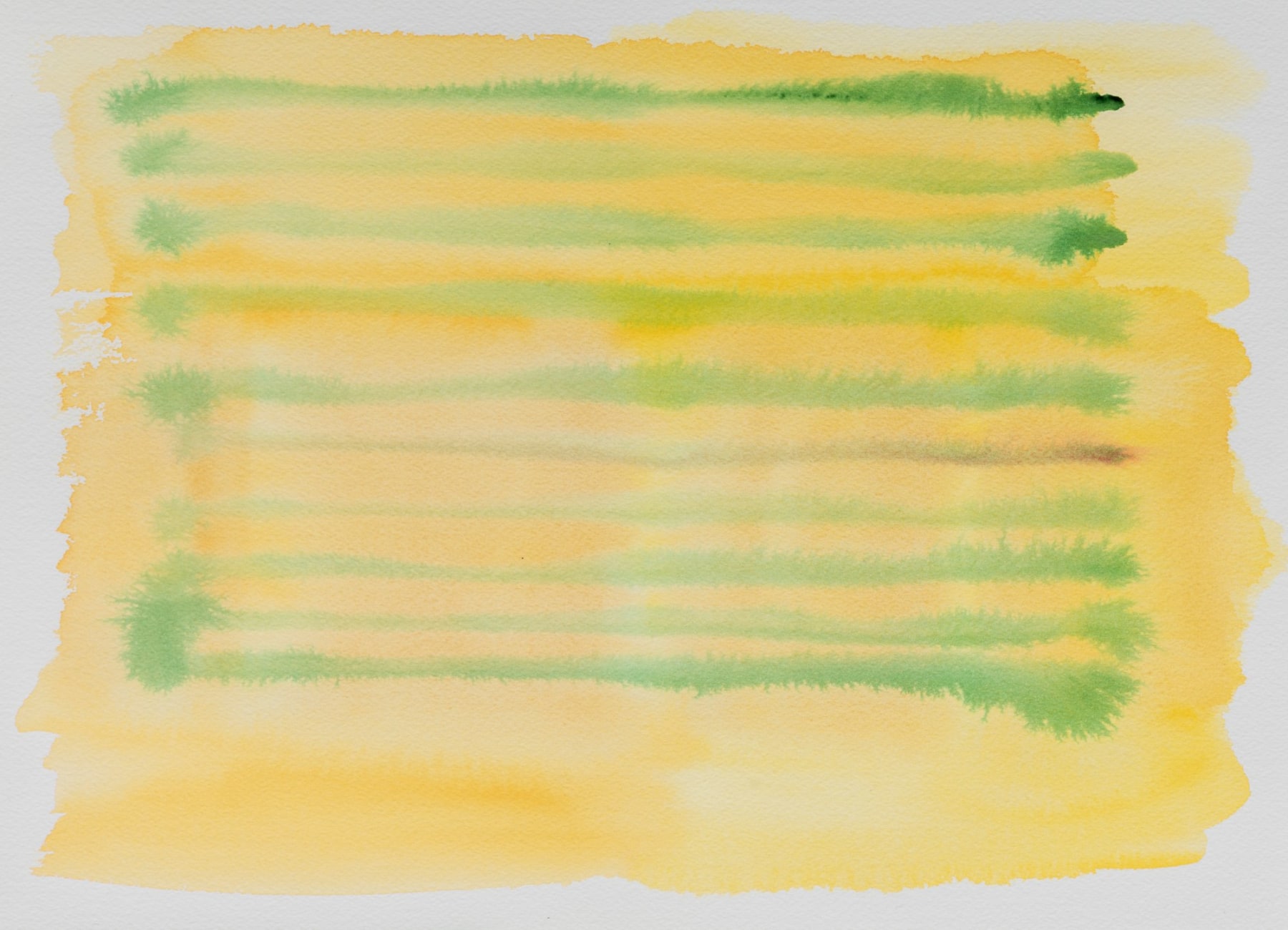
Untitled
1980s
Watercolor on paper
10 x 14 1/4 in.
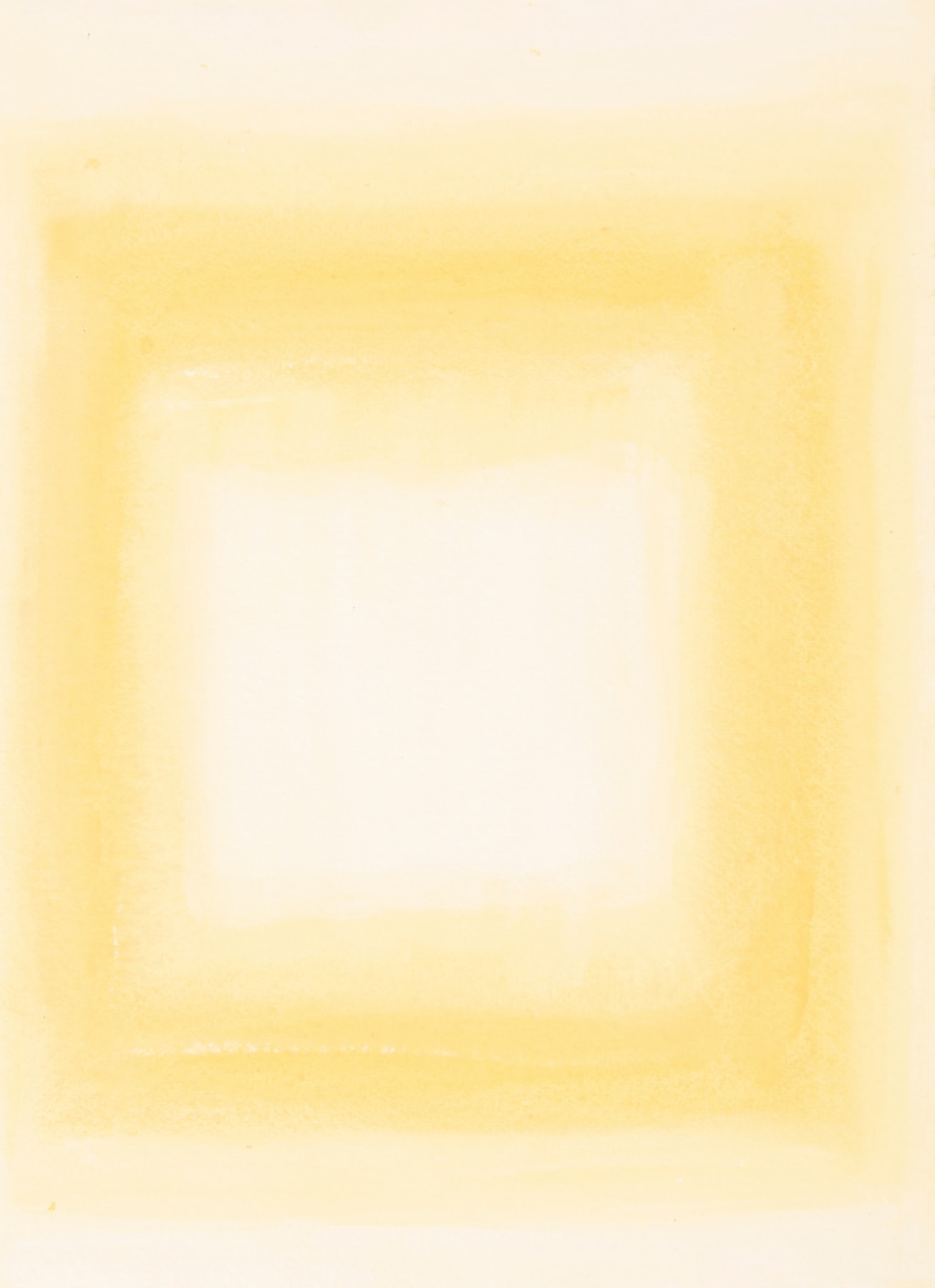
Untitled
c. 1980
Watercolor on paper
7 3/4 x 6 in.
Unsigned

Untitled
c. 1980
Watercolor on paper
7 3/4 x 6 in.
Unsigned
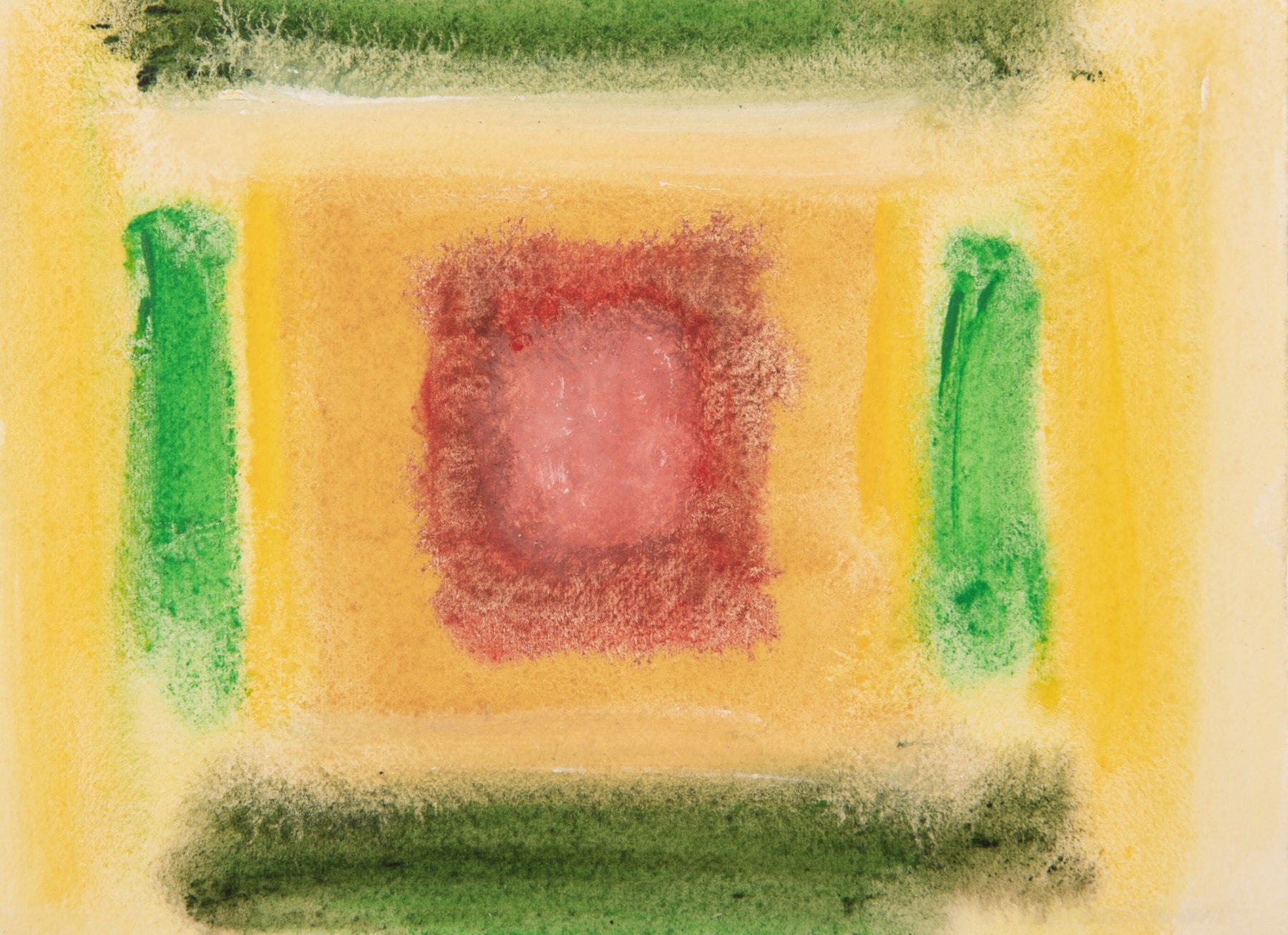
Untitled
c. 1980
Watercolor on paper
5 x 7 in.
Unsigned
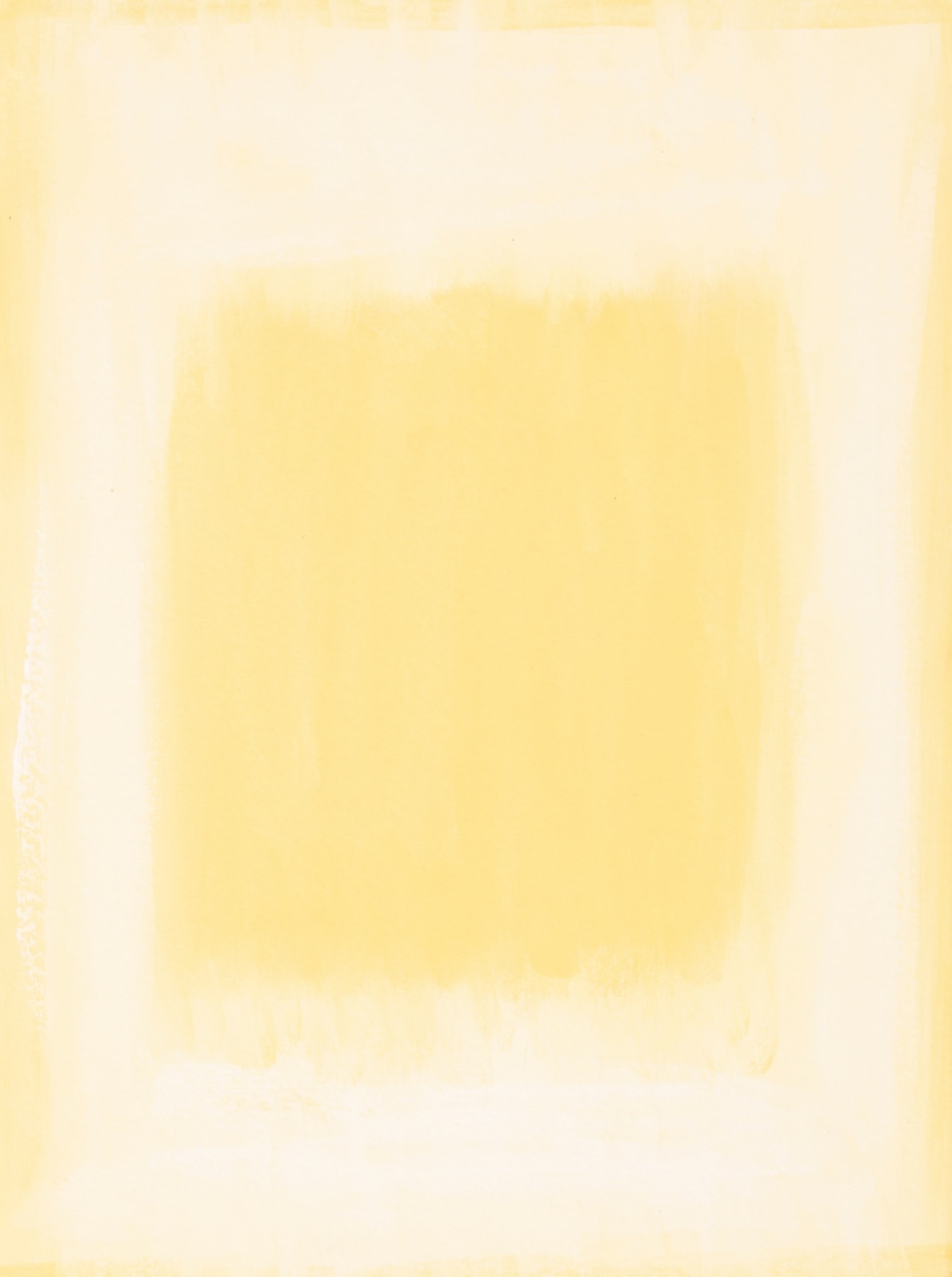
Untitled
1980
Watercolor on paper
7 3/4 x 6 in.
Unsigned
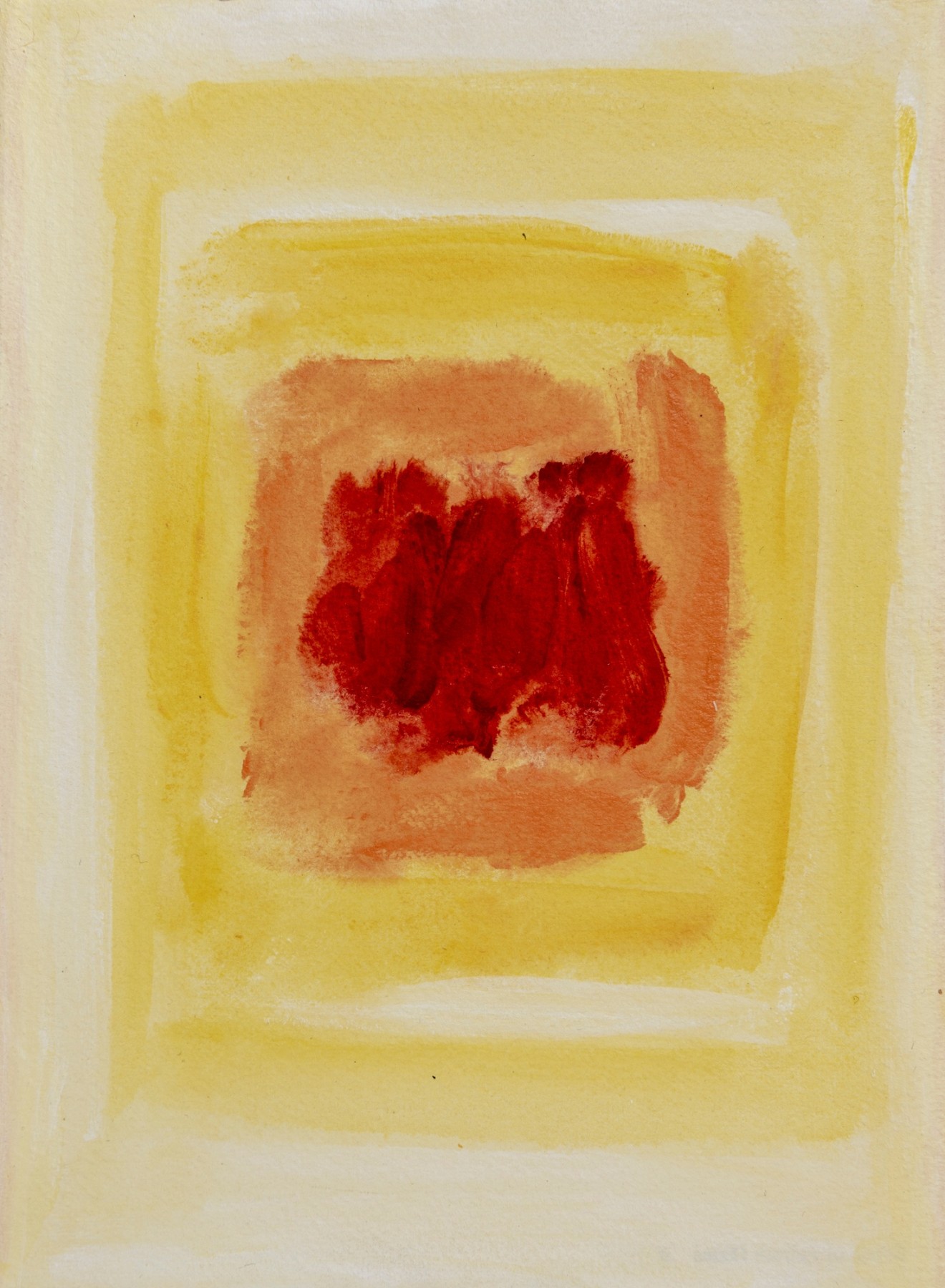
Untitled
c. 1980
Watercolor on paper
7 x 5 in.
Unsigned
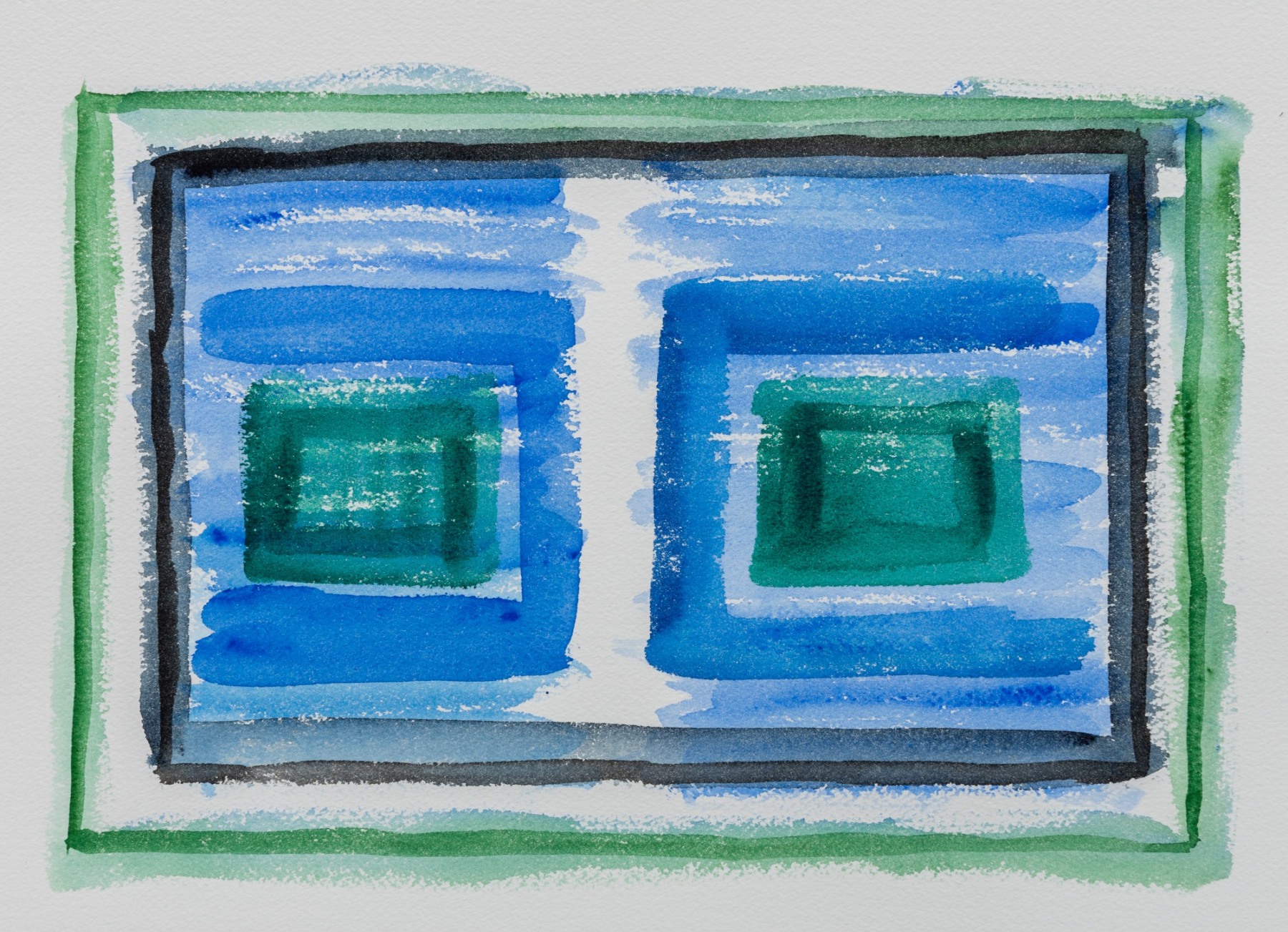
Untitled
1980s
Watercolor on paper
10 x 14 1/4 in.
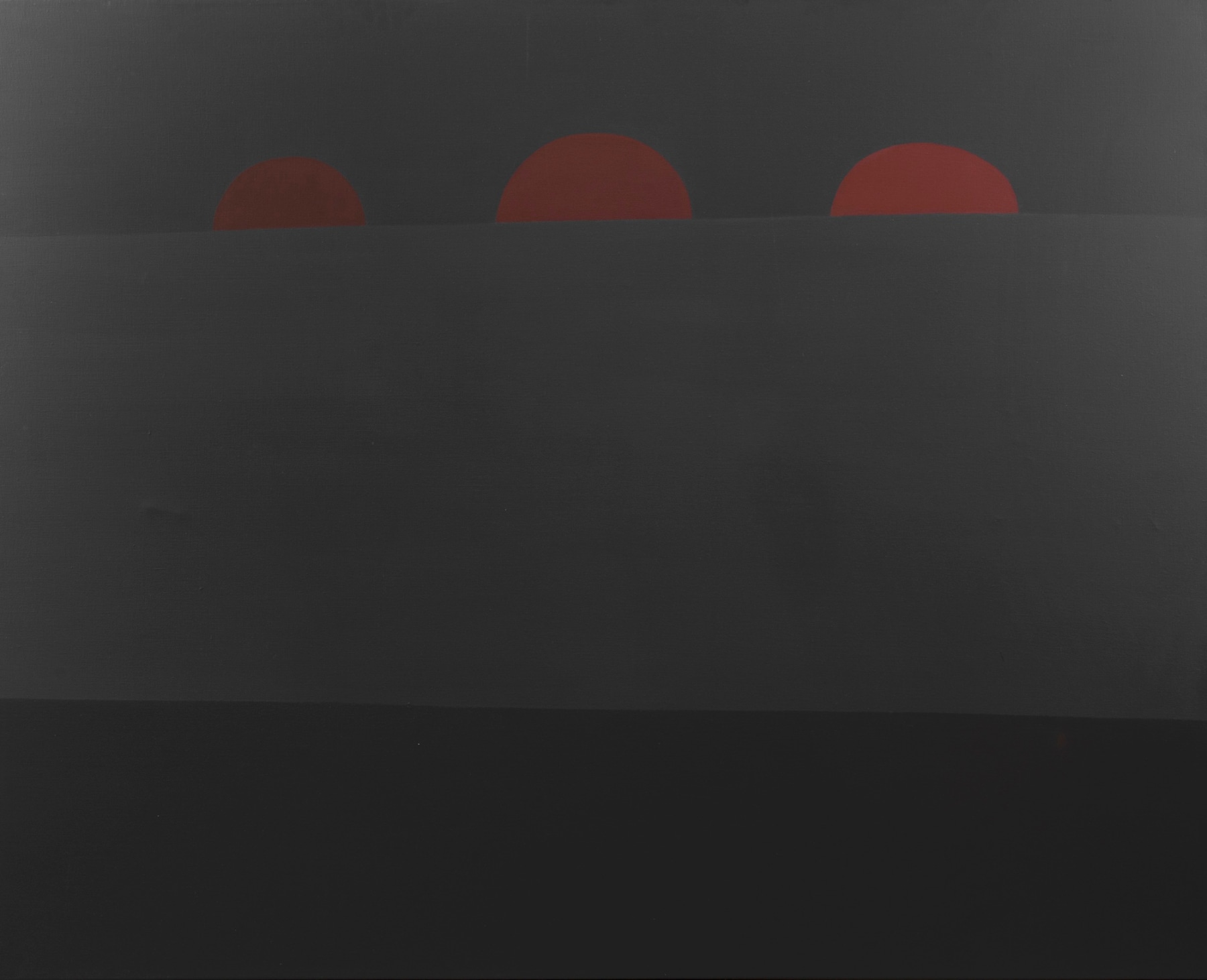
Untitled
1981
Oil on canvas
48 x 60 in.
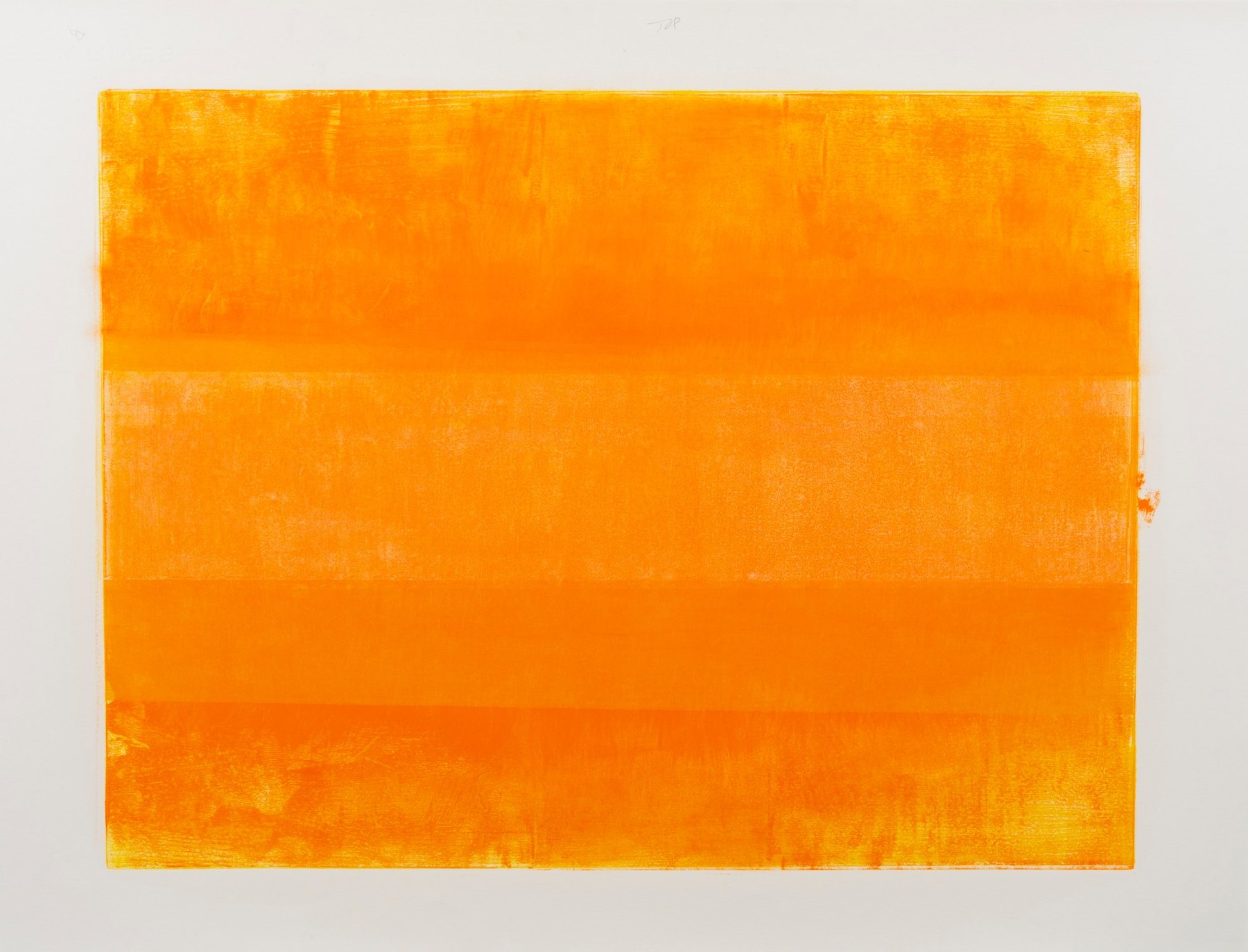
Untitled
1981
Monotype
18 x 24 in.
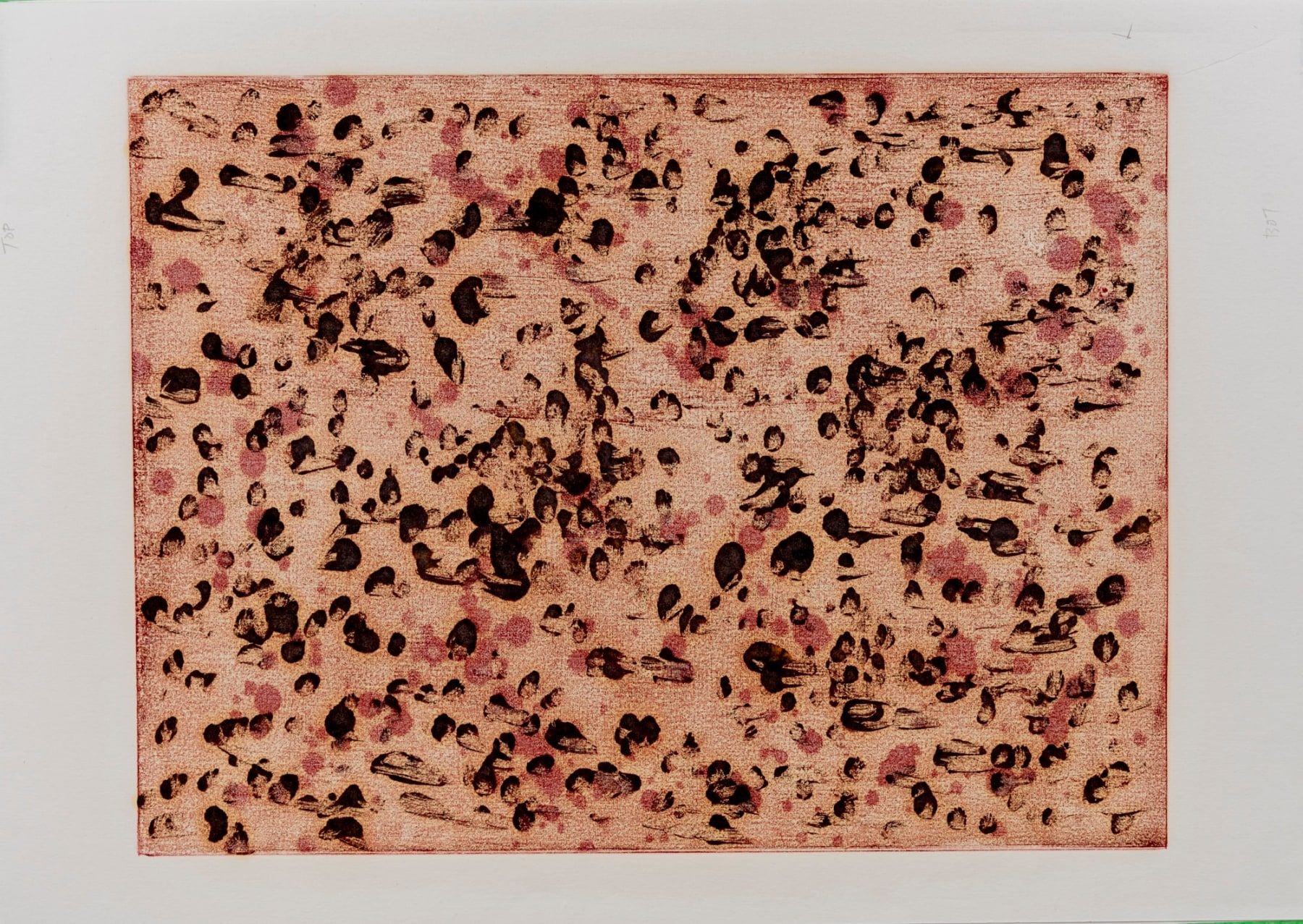
Untitled
1982
Monotype
18 x 24 in.
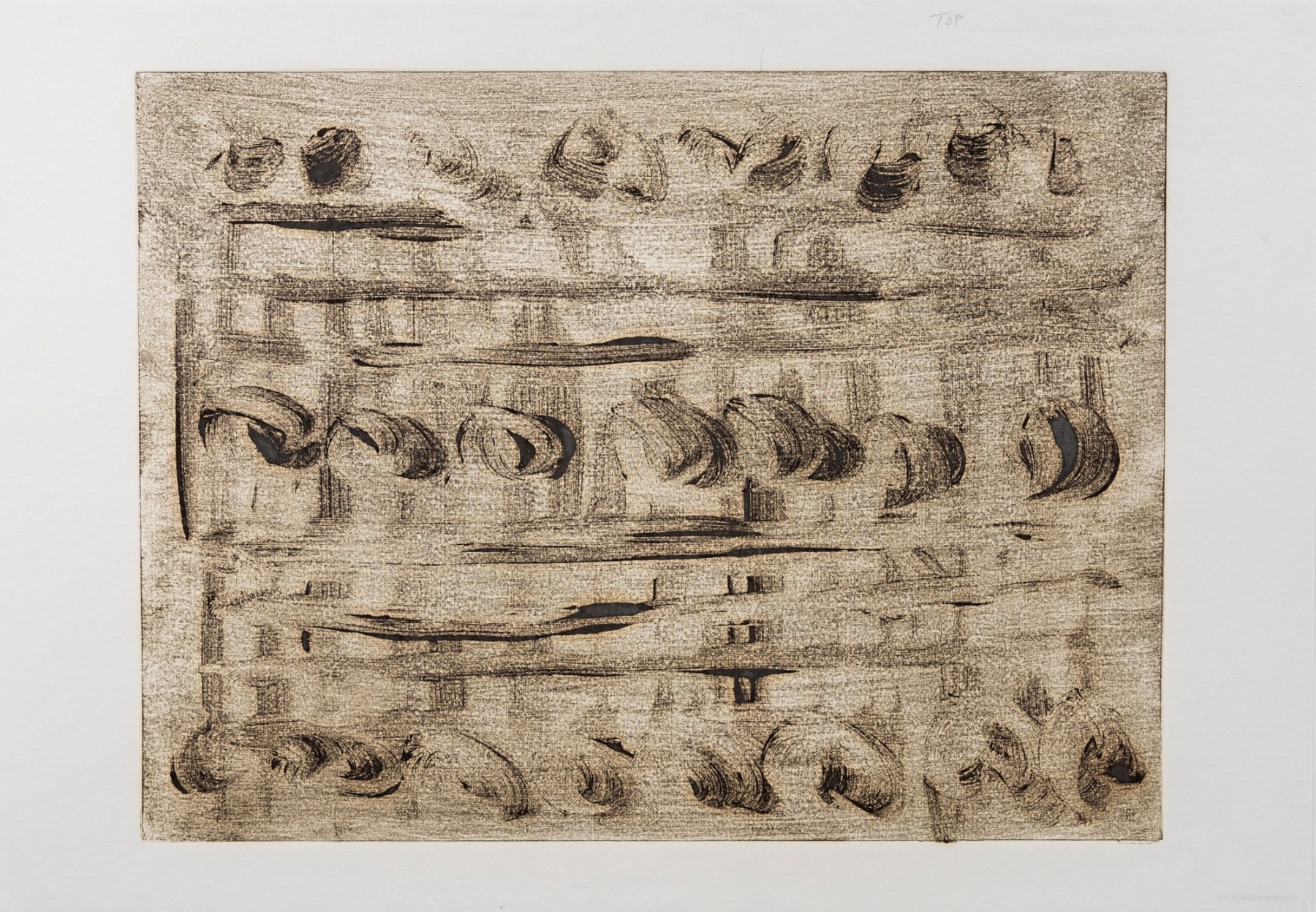
Untitled
1982
Monotype
18 x 24 in.

Untitled
1982
Monotype
19 1/2 x 24 in.

Untitled
1982
Monotype
18 x 24 in.
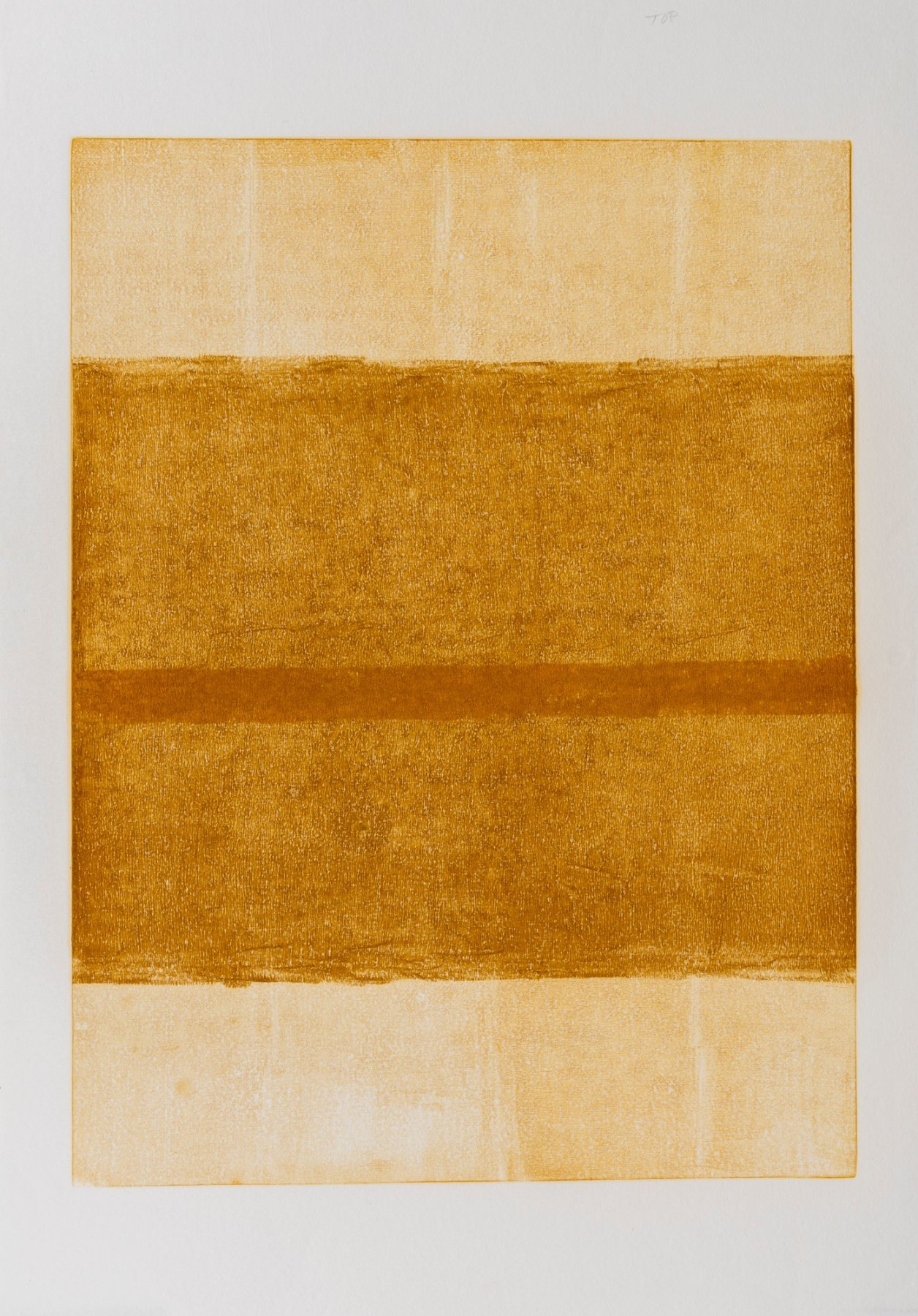
Untitled
1982
Monotype
24 x 18 in.
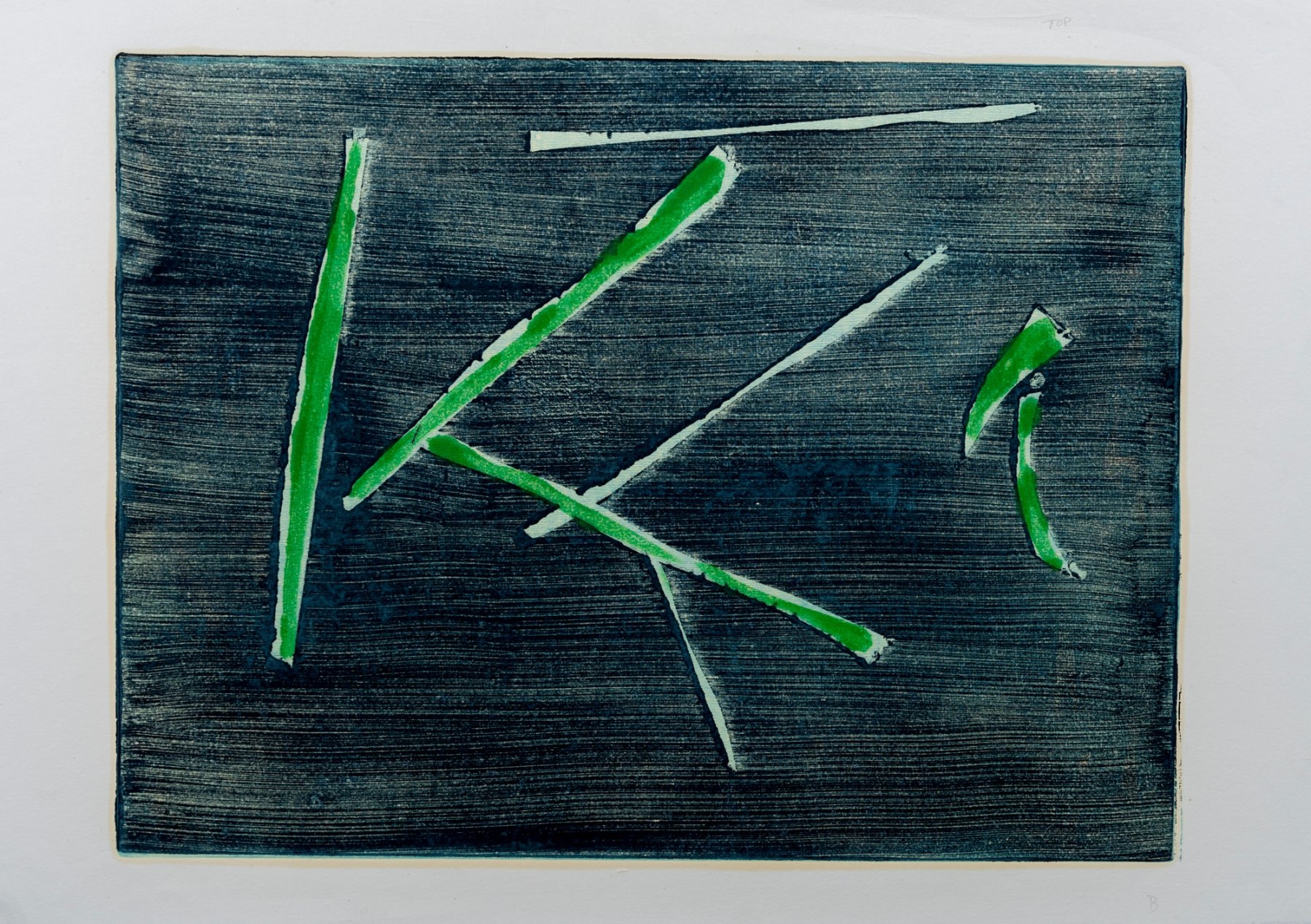
Untitled
1982
Monotype
18 x 24 in.
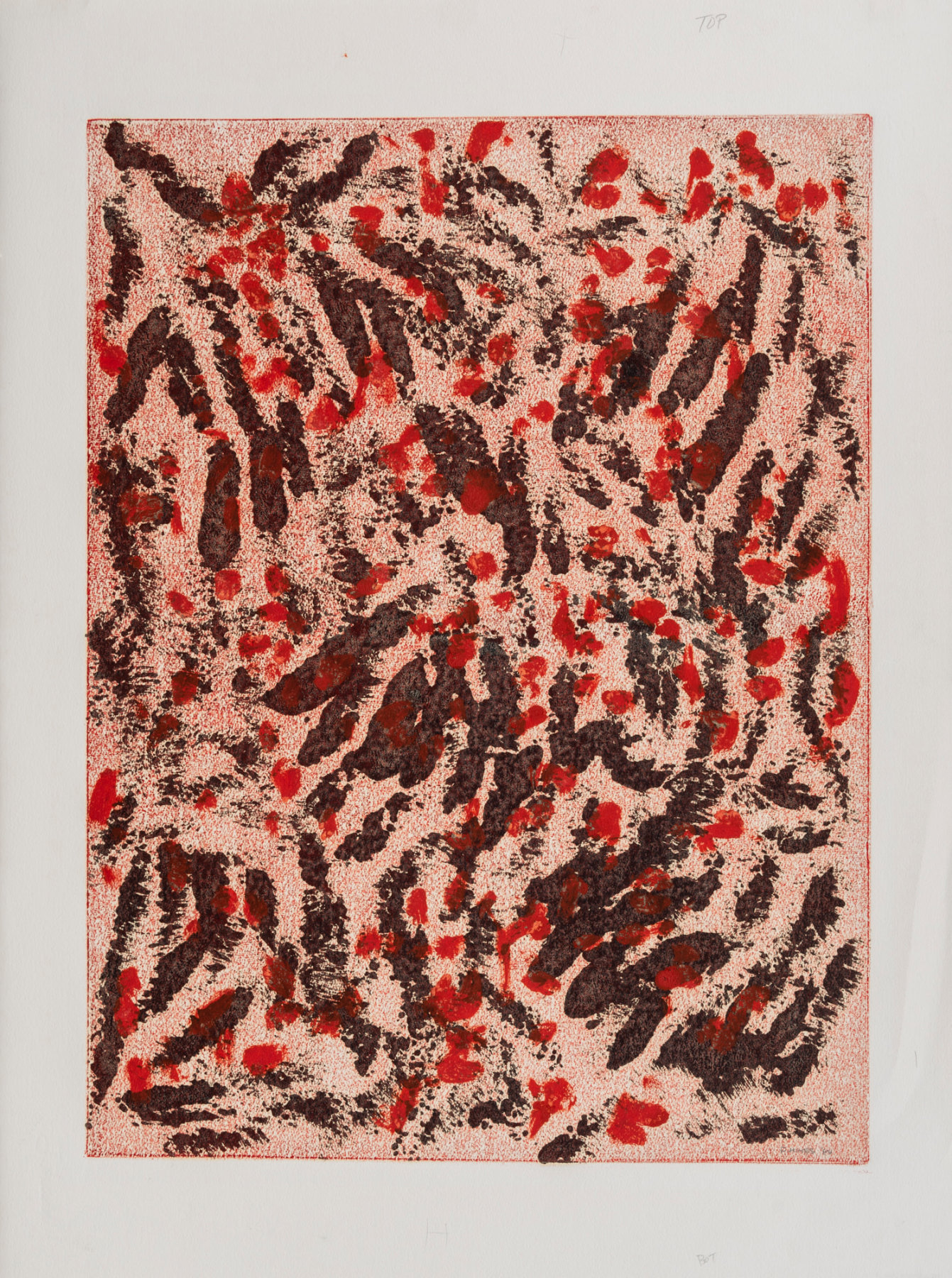
Holiday
1984
Monotype
18 x 24 in.

Hieroglyphic
1985
Oil on canvas
40 x 52 in.

Accent
1985
Oil on canvas
30 x 36 in.
An artist first and foremost, Felrath Hines, born in 1913, worked to create universal visual idioms from a place of complex personal experience. Though known to be “color blind” in his relationships with friends and acquaintances, Hines’s life in 20th-century American society was as vibrant as his ever-more-subtle works of art. Hines’s figurative and cubist-style artwork morphed into soft-edged organic abstracts as he grappled with hues in his chosen oil medium. The New York art world was small when he arrived there in the early 1960s, especially for African American artists, who were routinely marginalized by prestigious galleries and museums.
Hines’s fellow artist Romare Bearden invited him to join as a founding member of Spiral, a group of African American visual artists who initially met in response to the civil rights movement in the early 1960s. Several Spiral members attended the March on Washington and mounted their first and only group exhibition at their Christopher Street studio in 1965. Unconvinced that there existed styles or subjects that could be categorized as exclusively “black art,” Hines continued to pursue his abstract sensibility. His social life, including jazz clubs and art openings, led Hines to the 28th Street apartment of acquaintance Frank Neal, where such luminaries as James Baldwin, Harry Belafonte, Charles Sebree, and Billy Strayhorn gathered and discussed creative and social issues, as well as their careers and place in the dominant white world. In addition to his work as an artist, Hines became known for his impeccable conservation work and his accurate and sensitive in-painting, allowing him to open his own private conservation practice in 1964. His client list included the Museum of Modern Art, the Whitney Museum, the Corcoran Gallery of Art, and Miss Georgia O’Keeffe, who also became a loyal friend.
In 1972 he left NYC for Washington DC to become Chief Conservator of the Smithsonian Institution’s National Portrait Gallery and, later, the Hirshhorn Museum and Sculpture Garden, a job from which he retired in 1984. From that time to his death in 1993, he produced more paintings than during the rest of his career combined.
